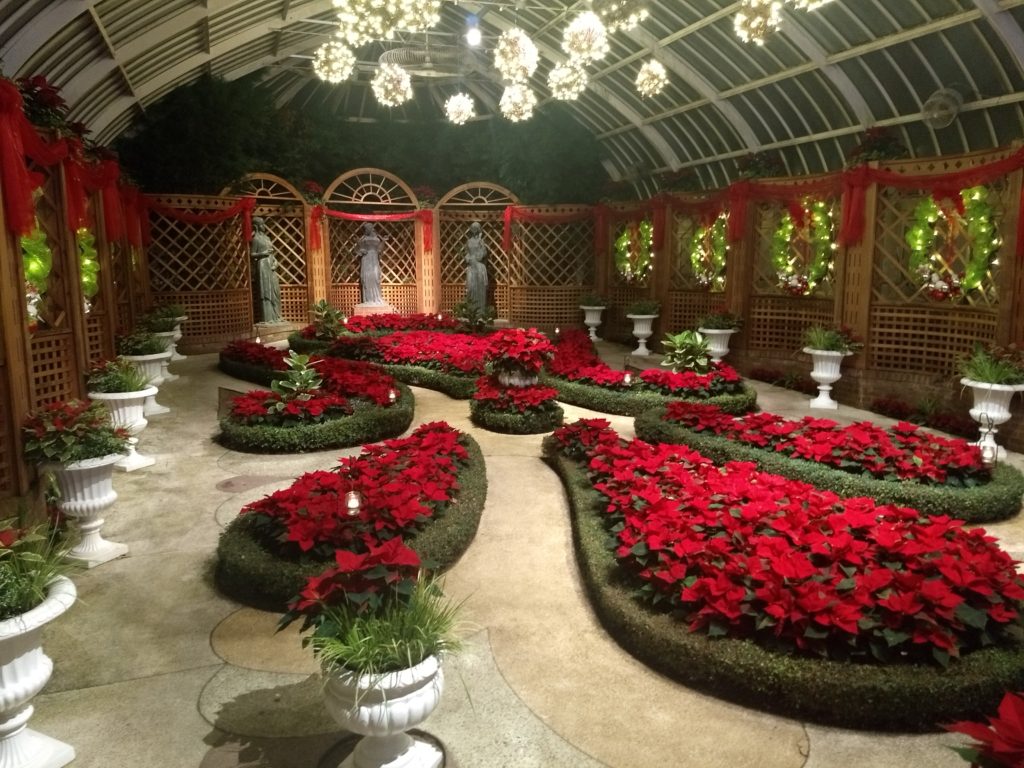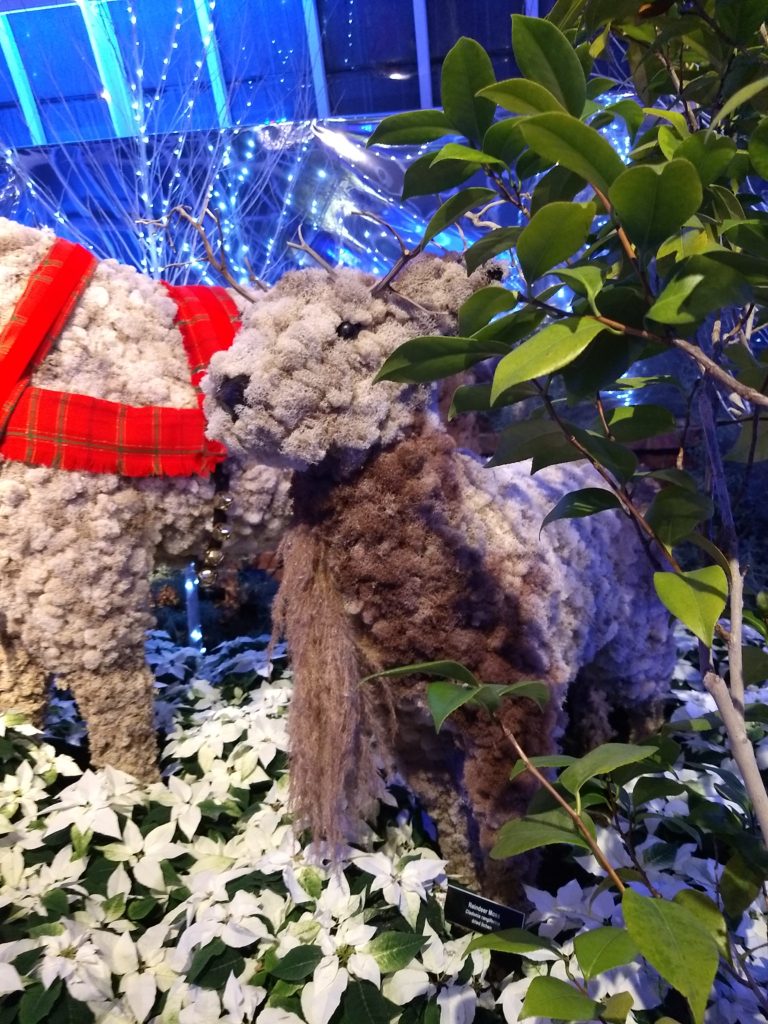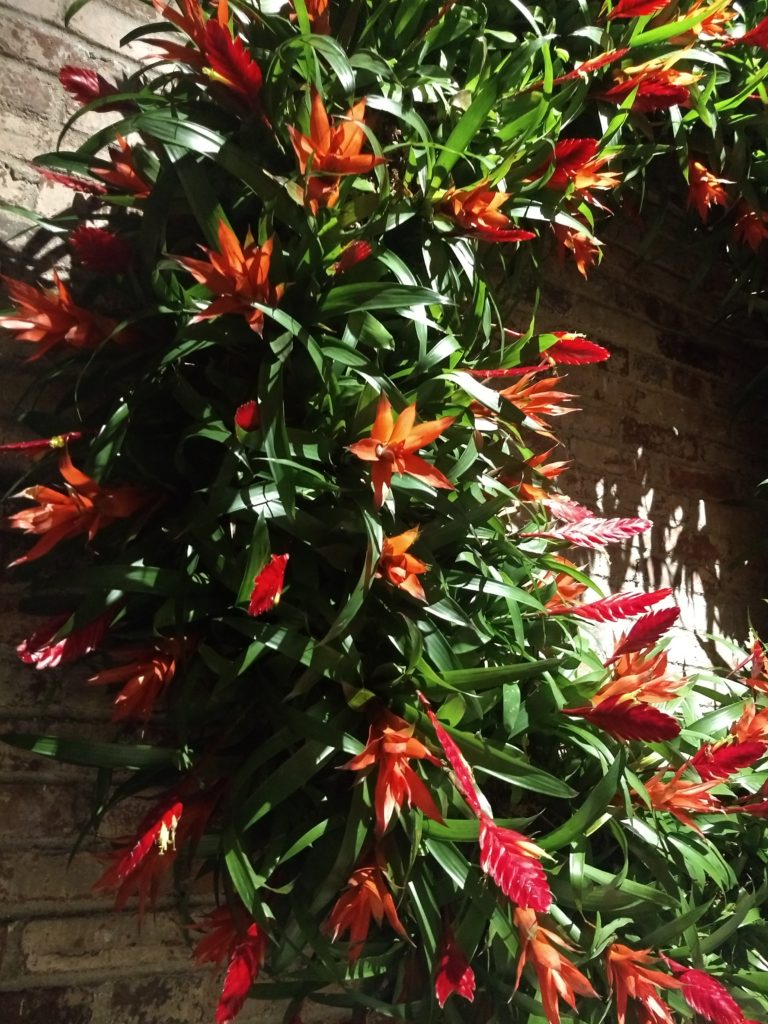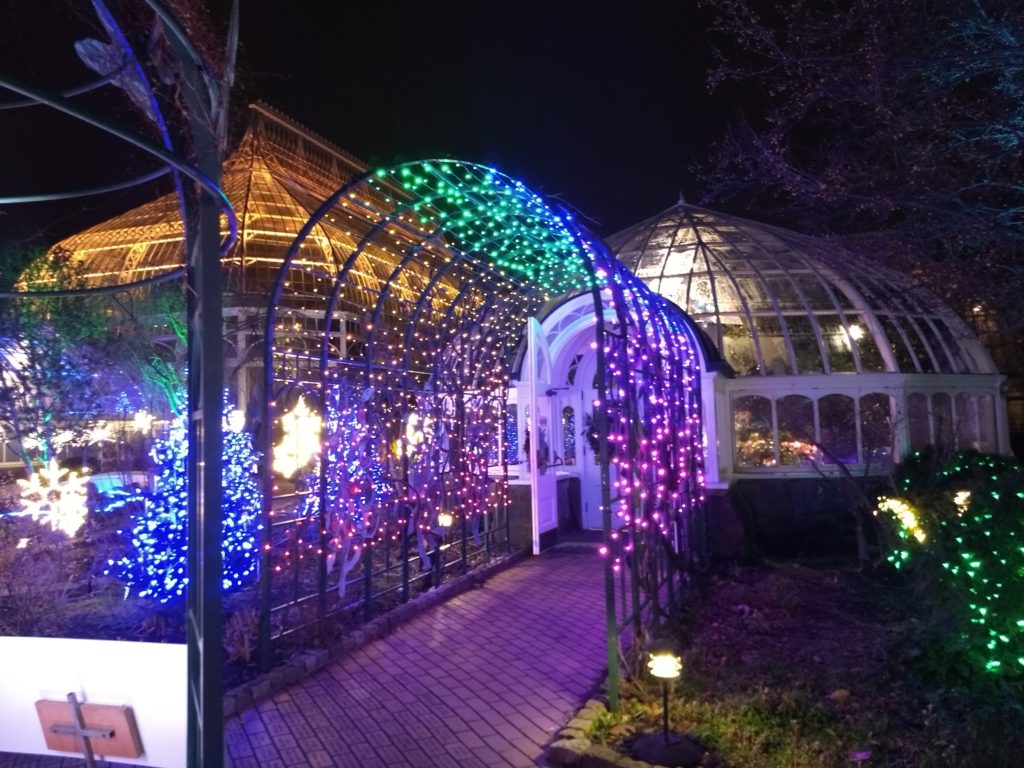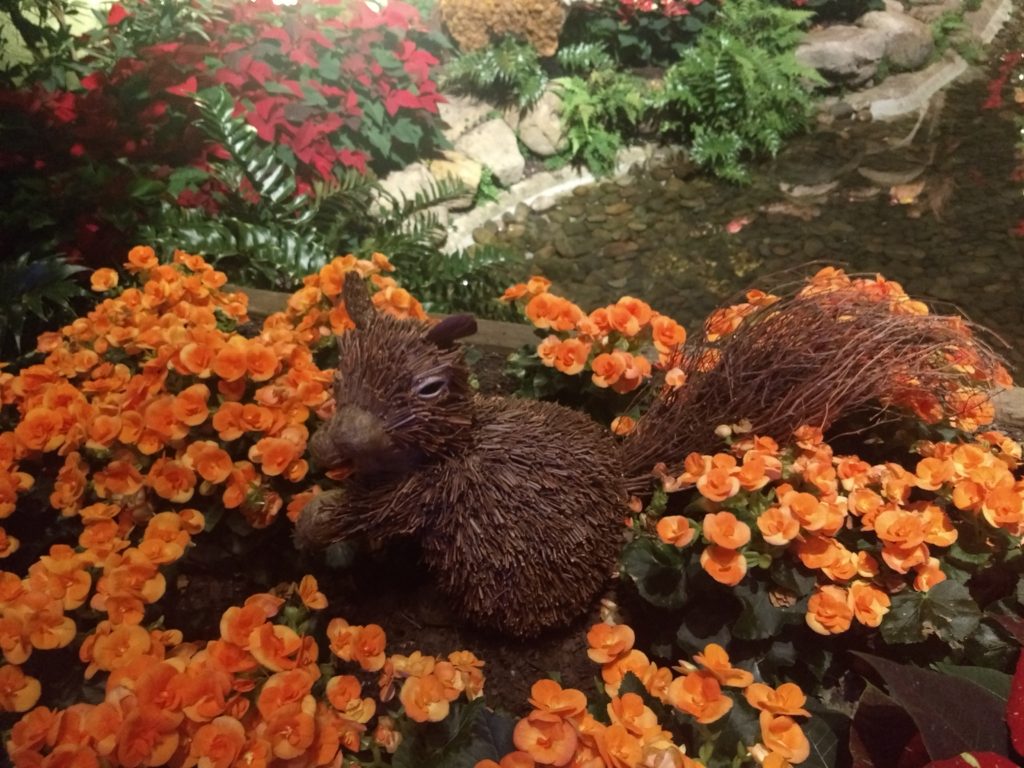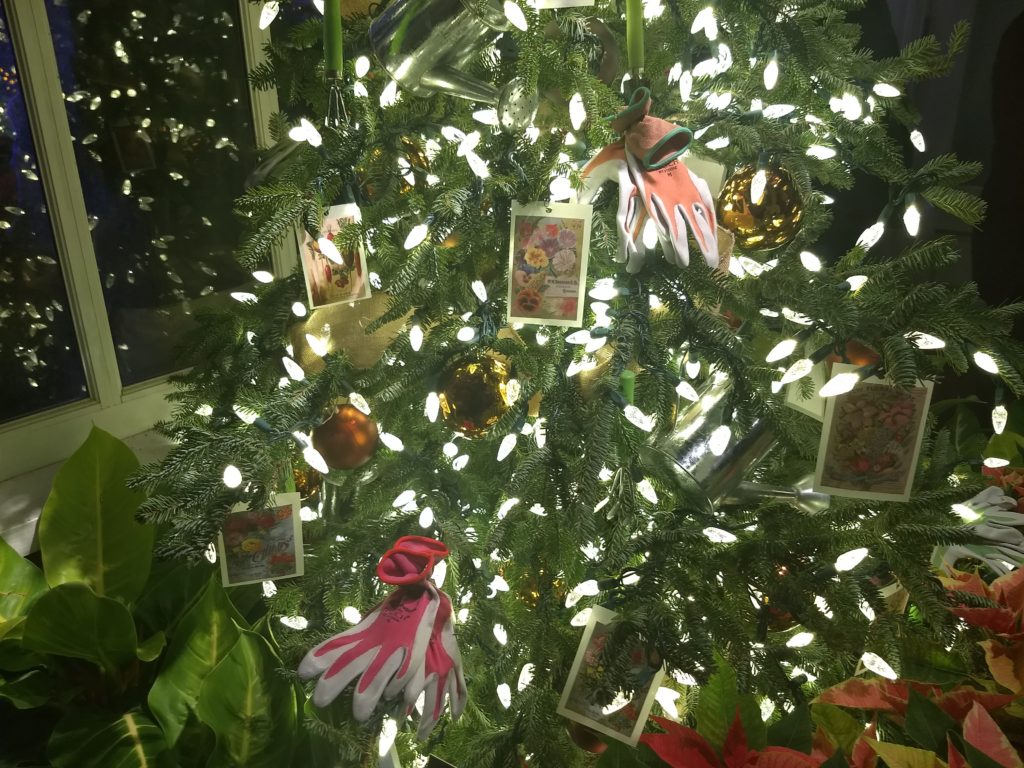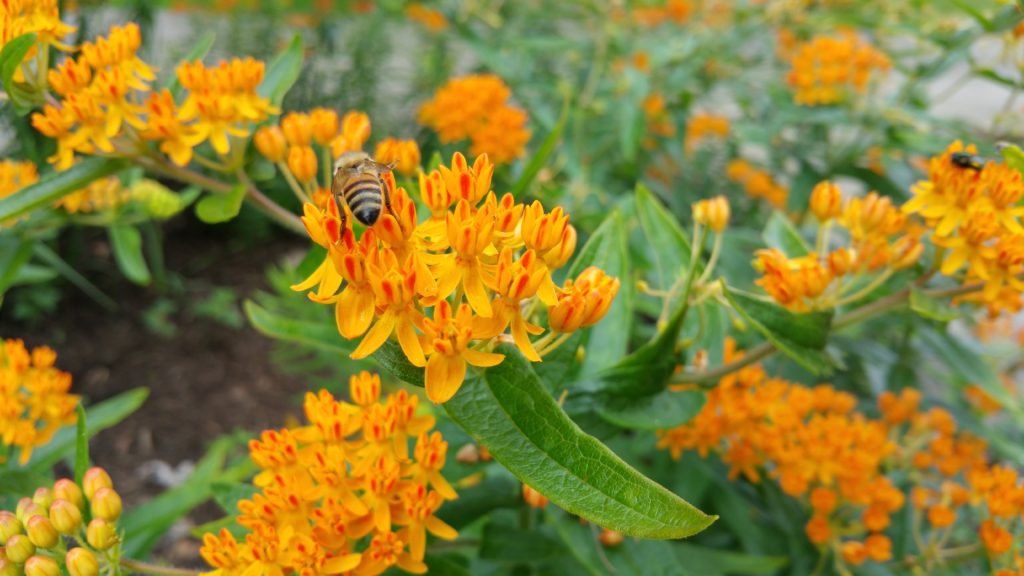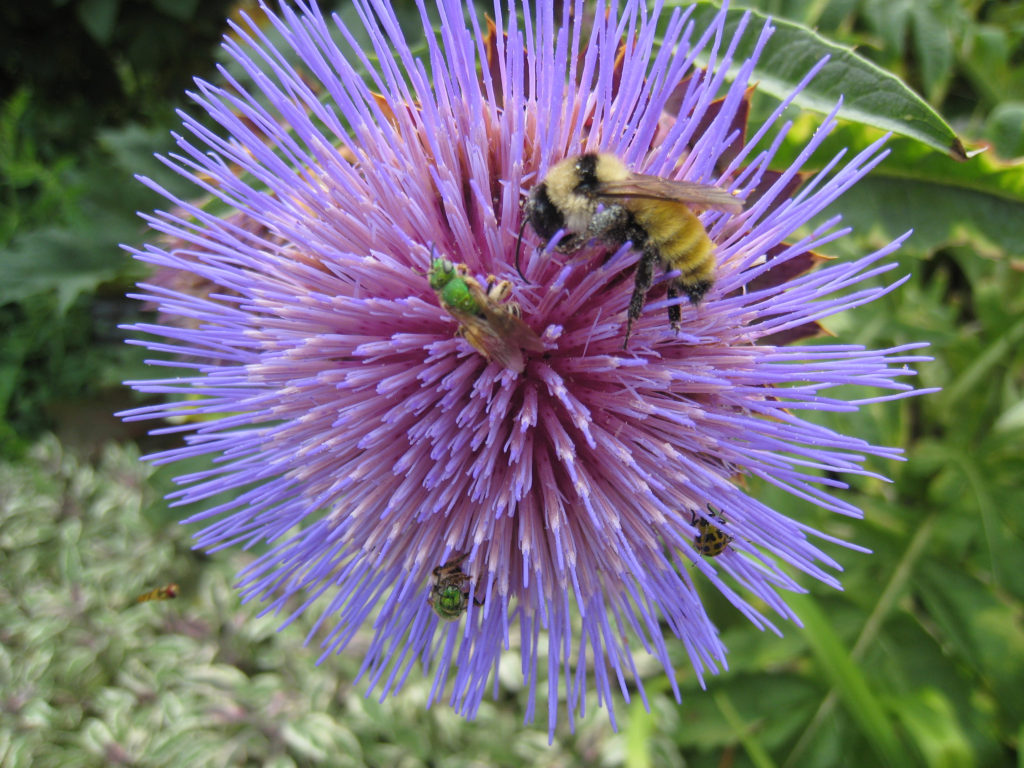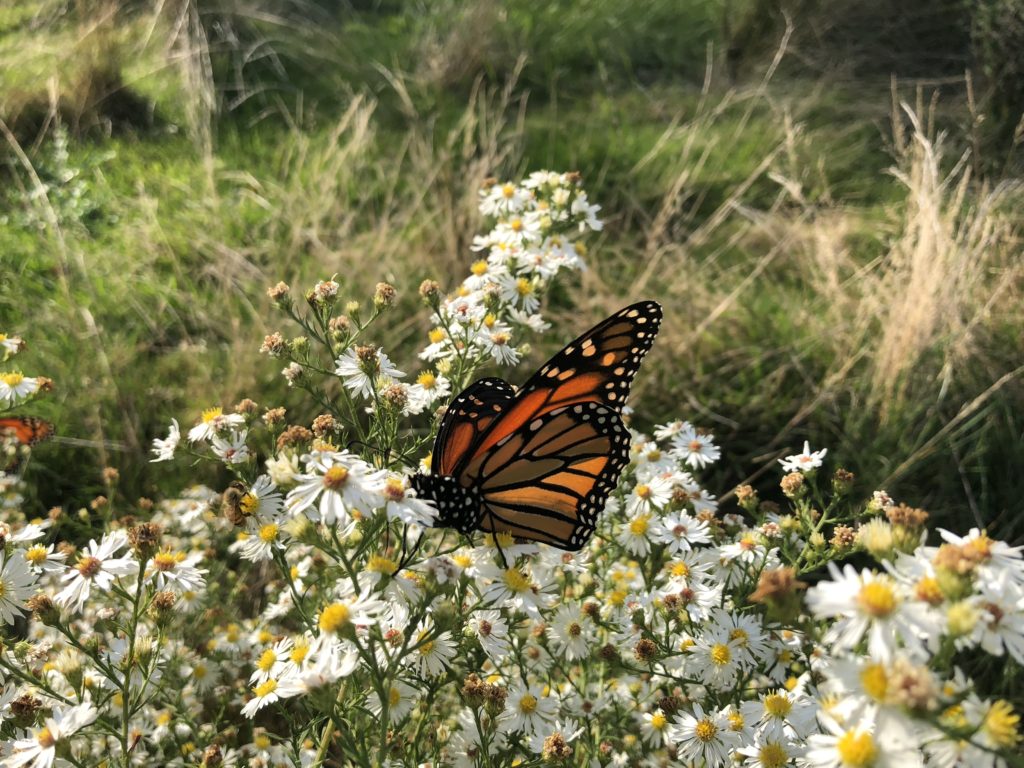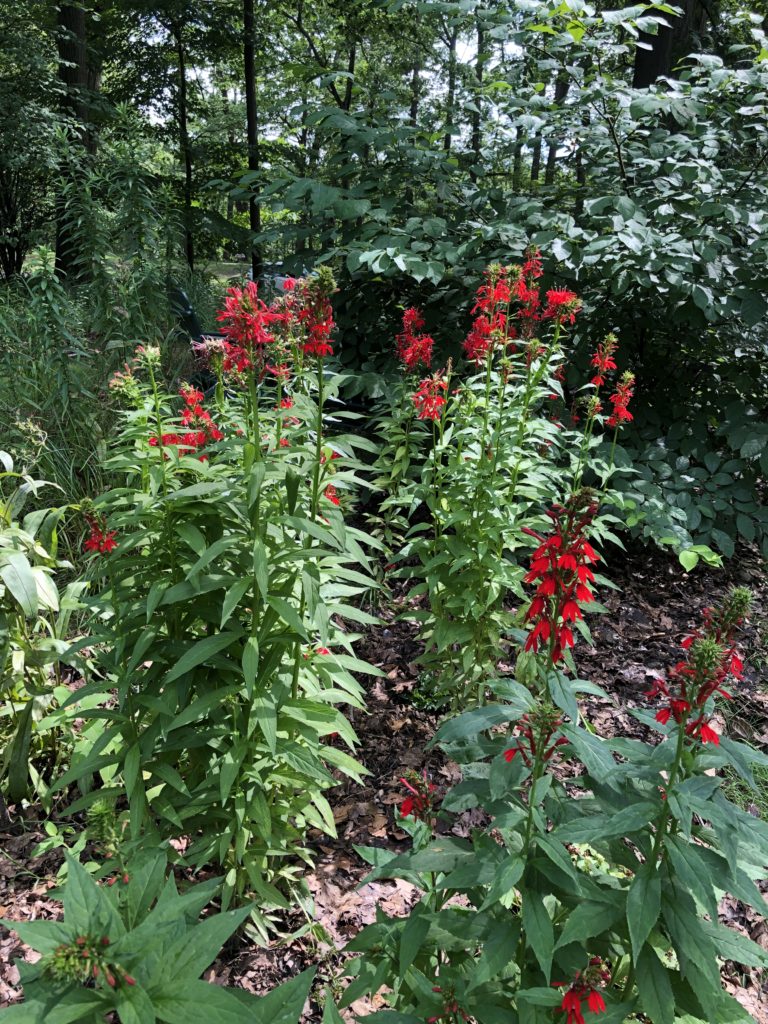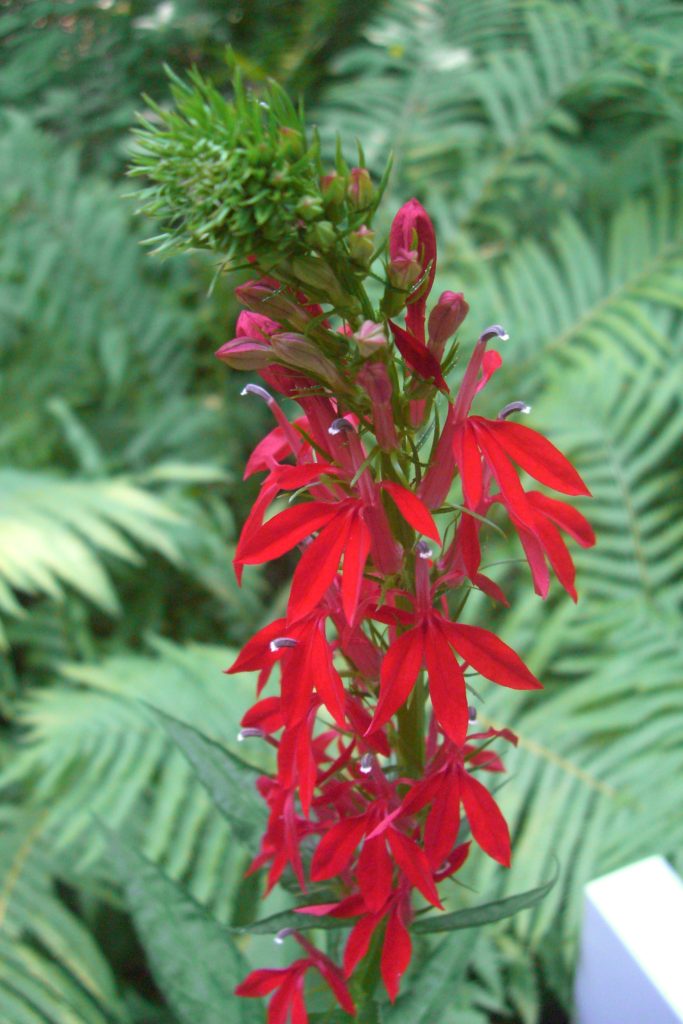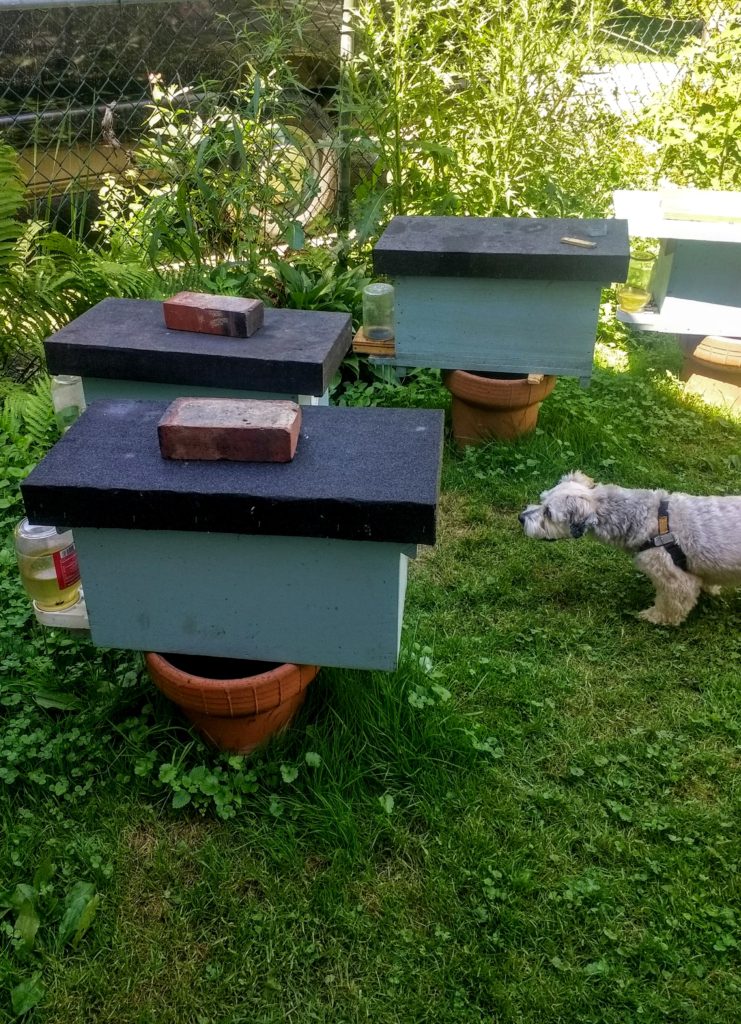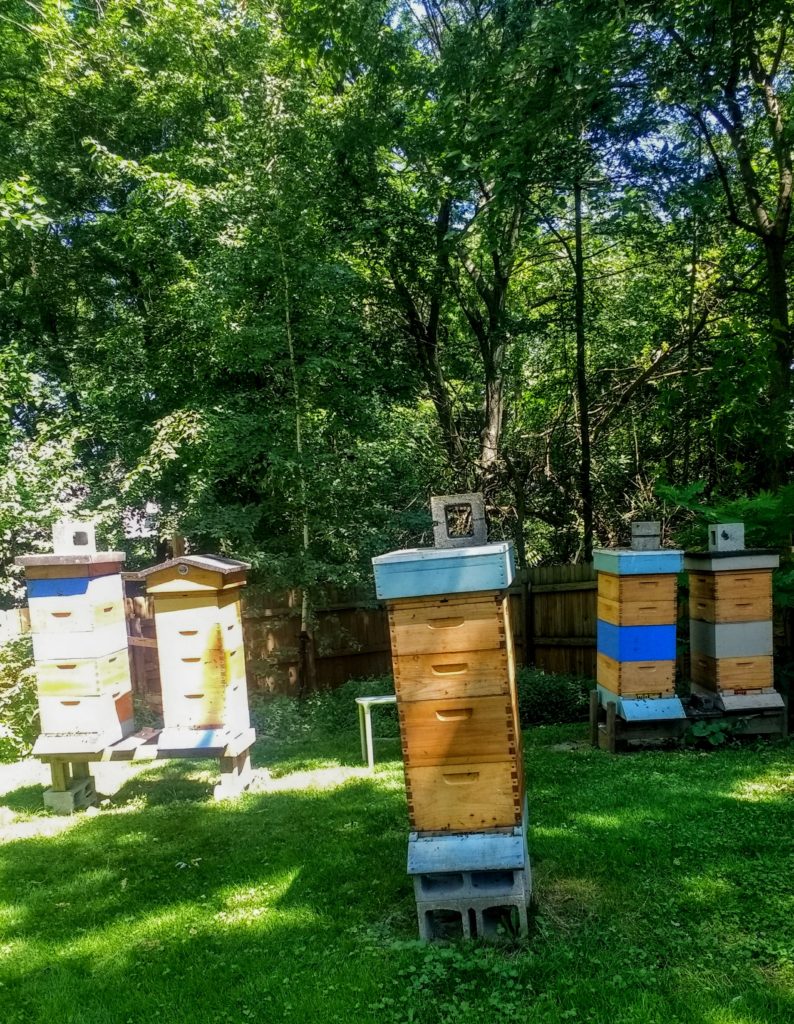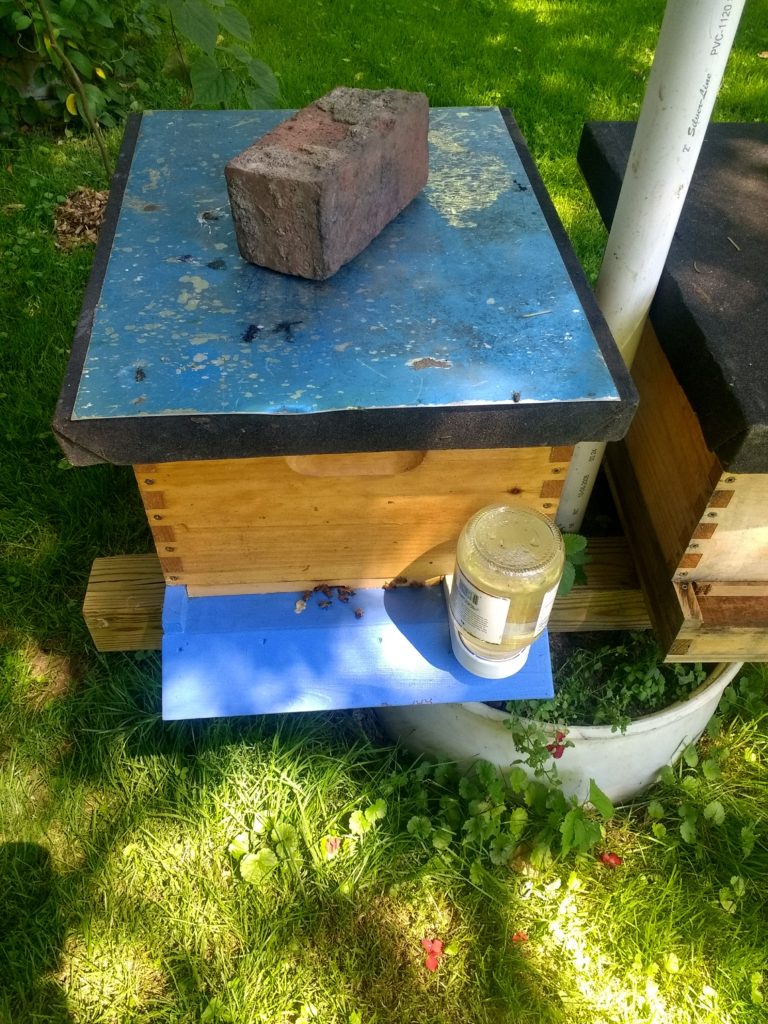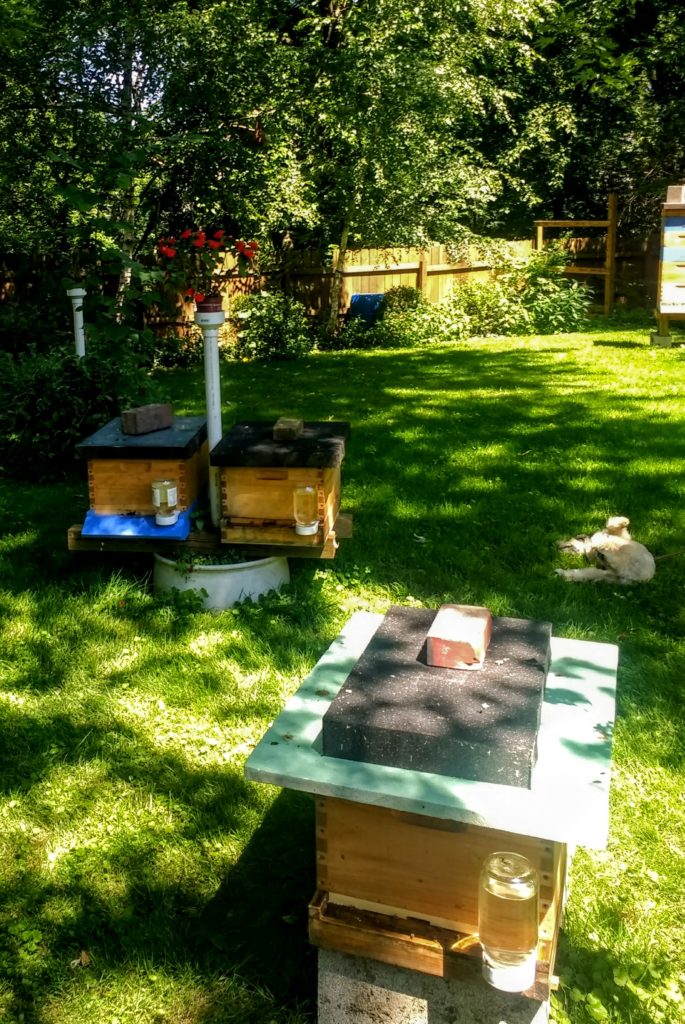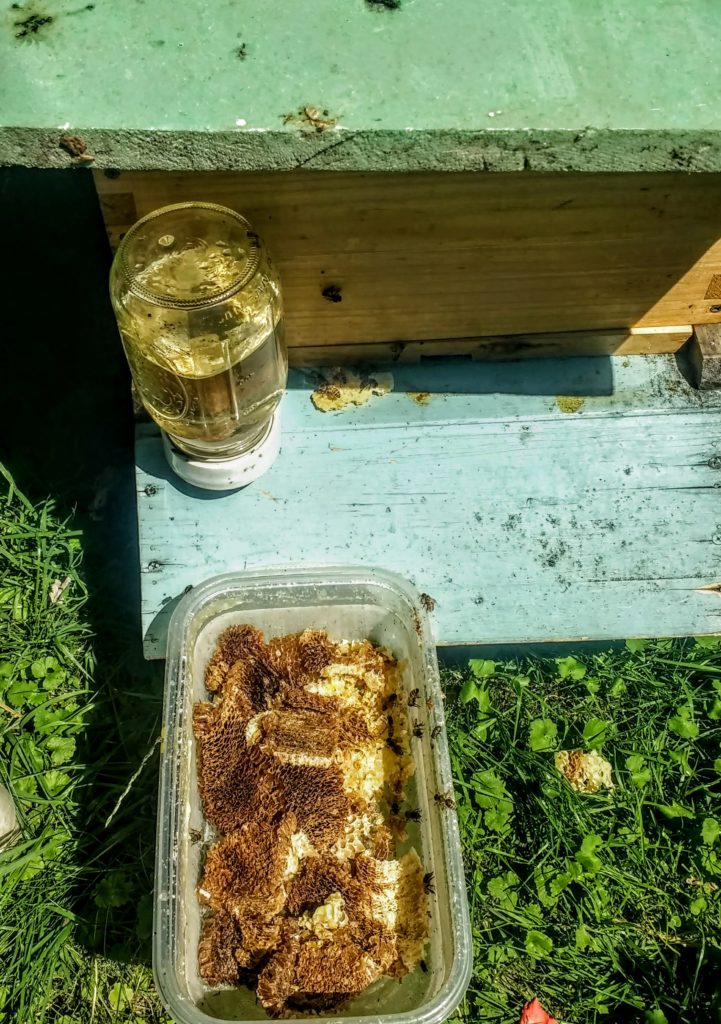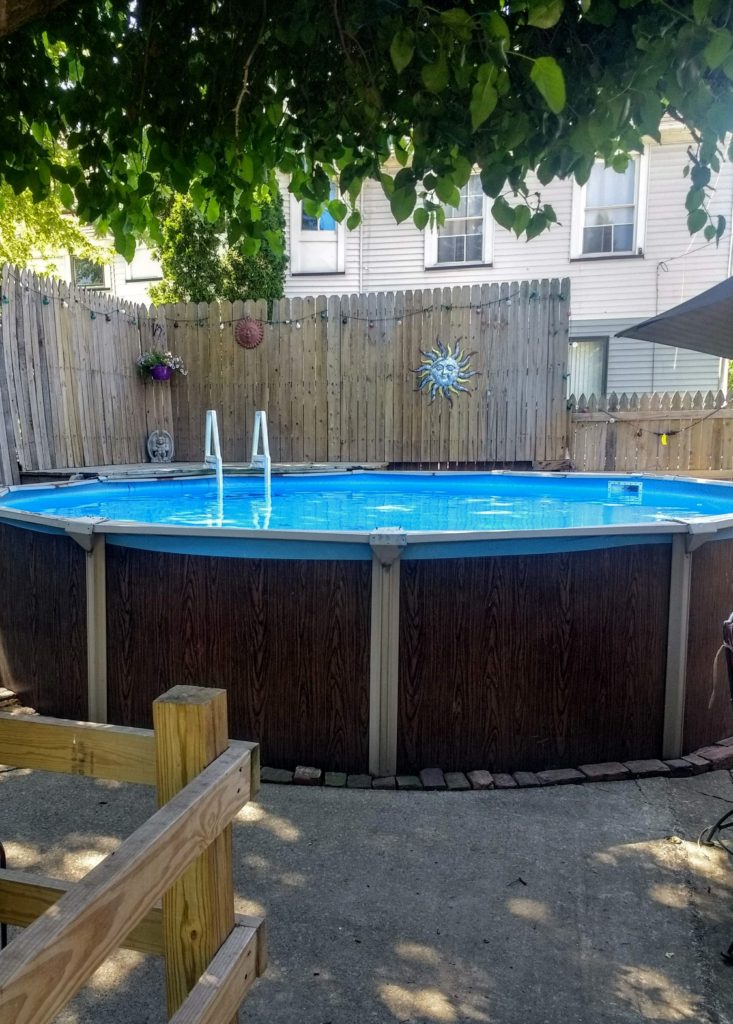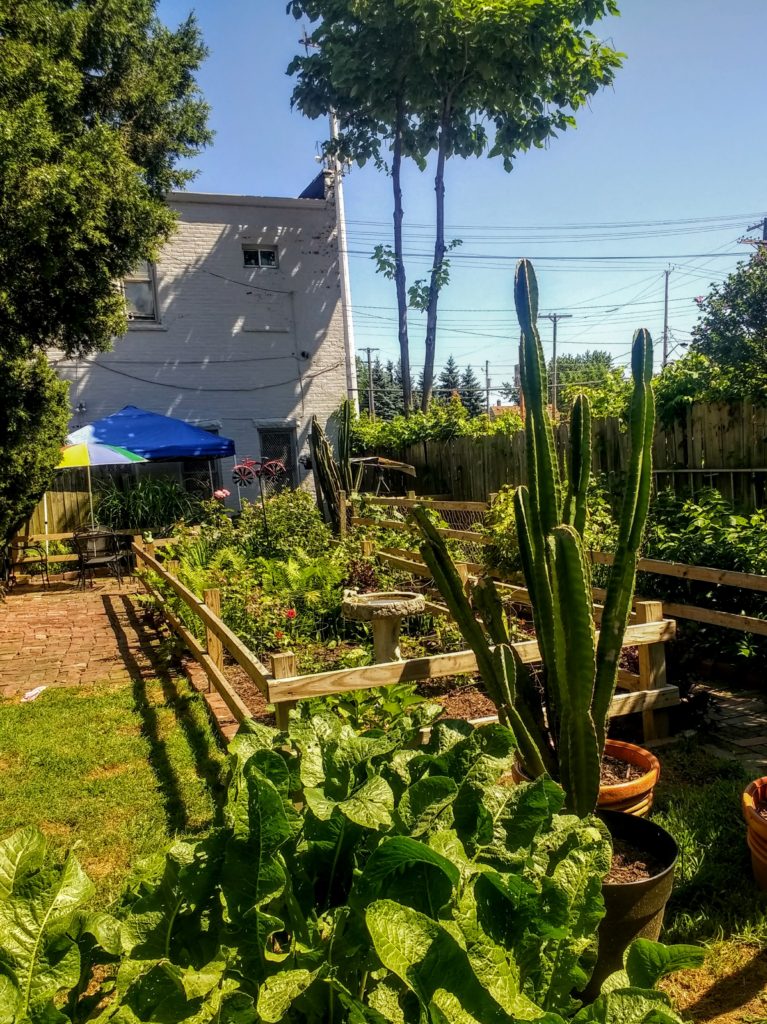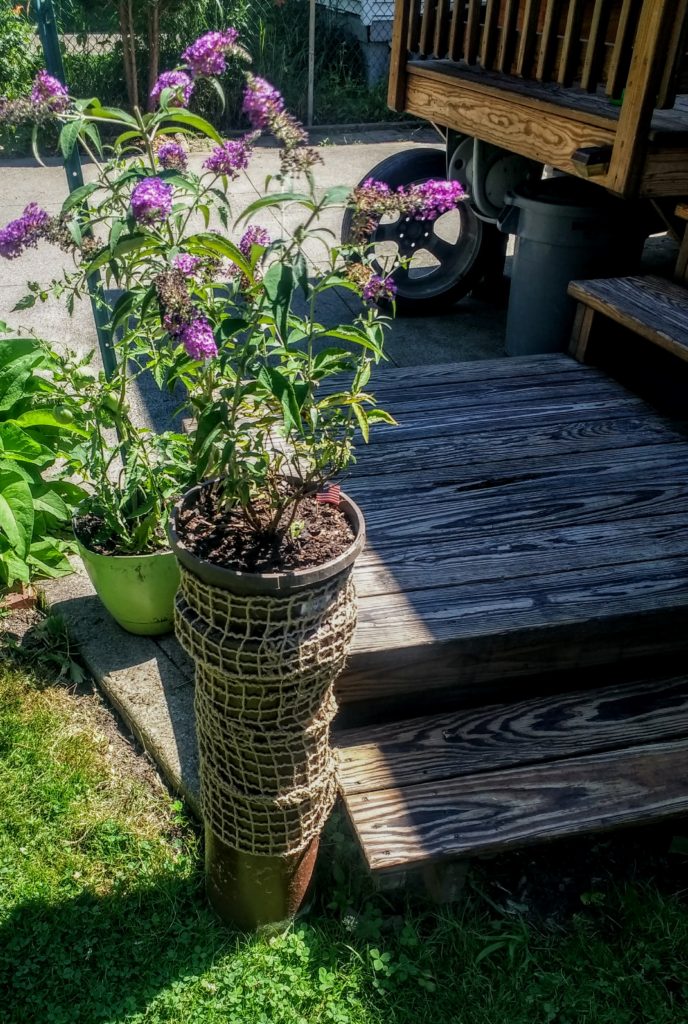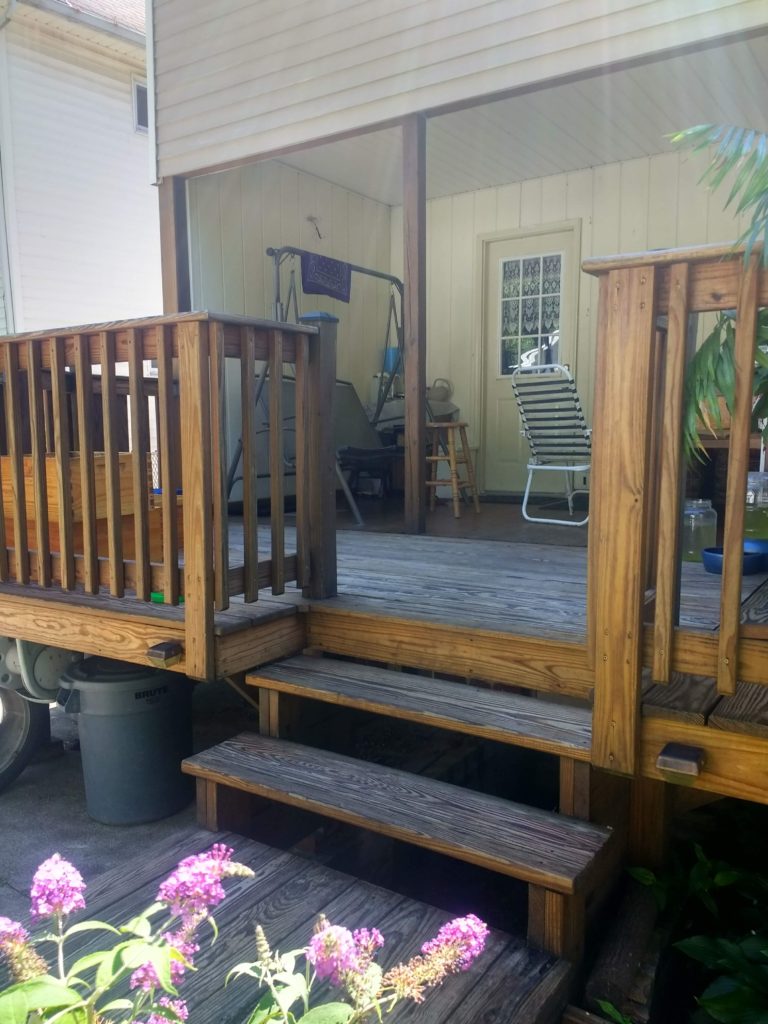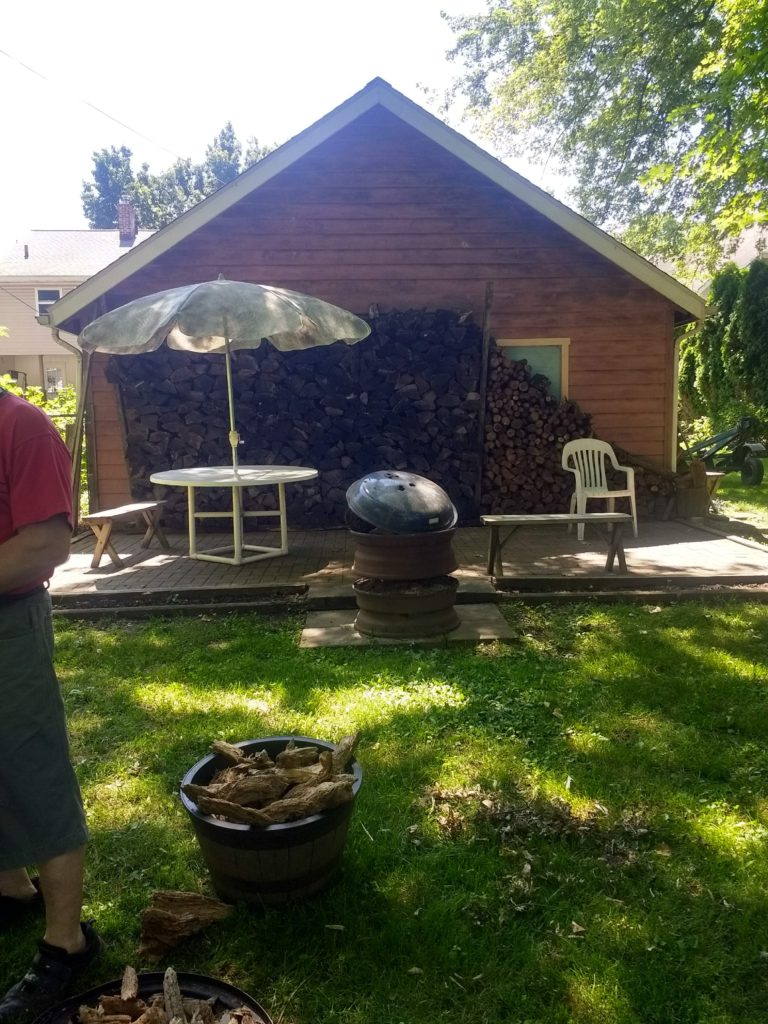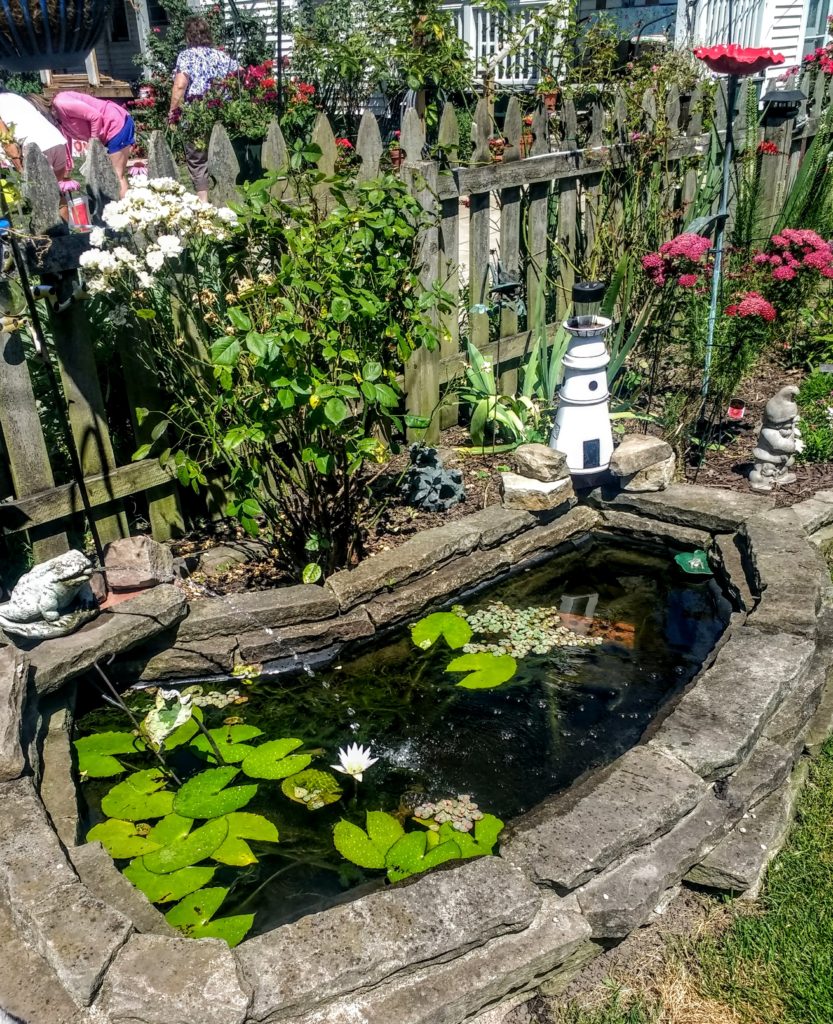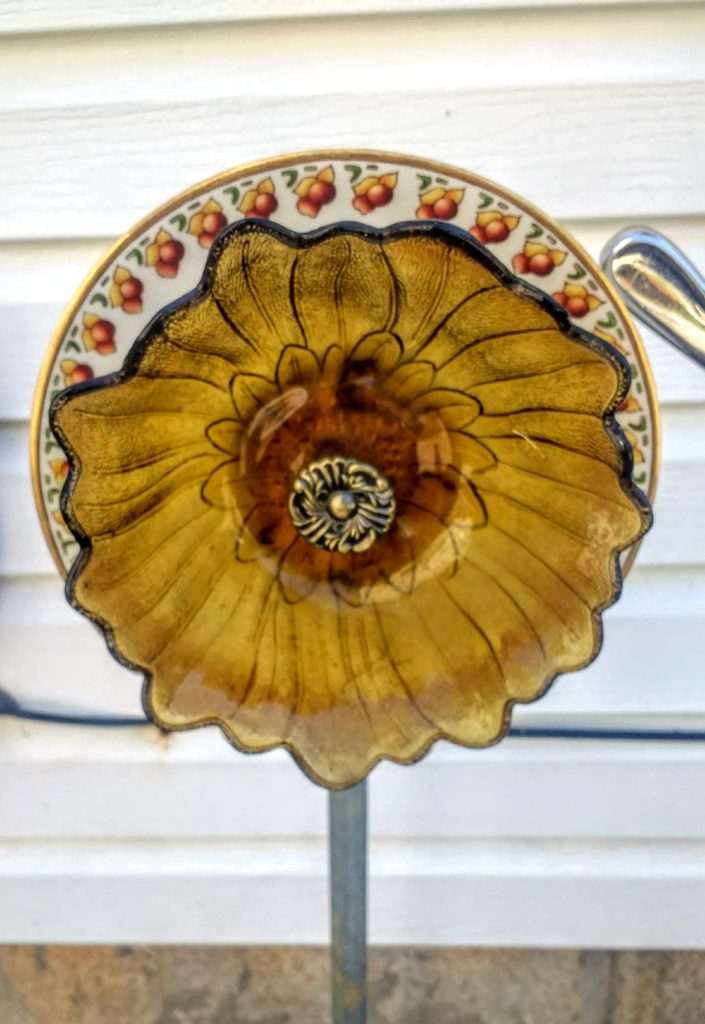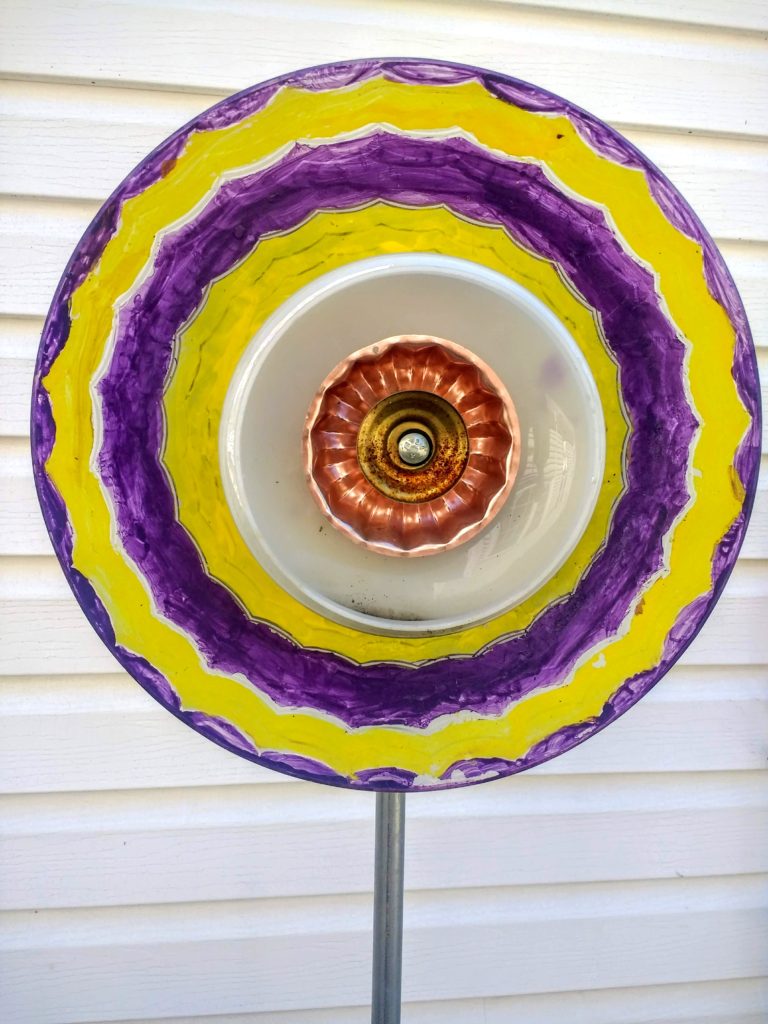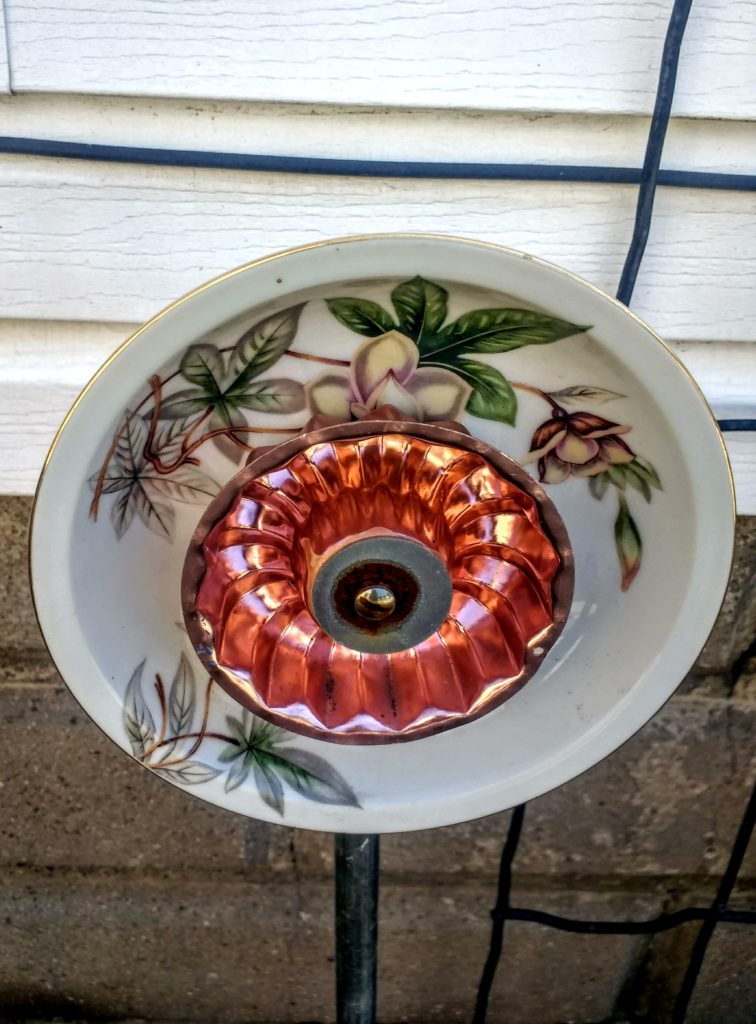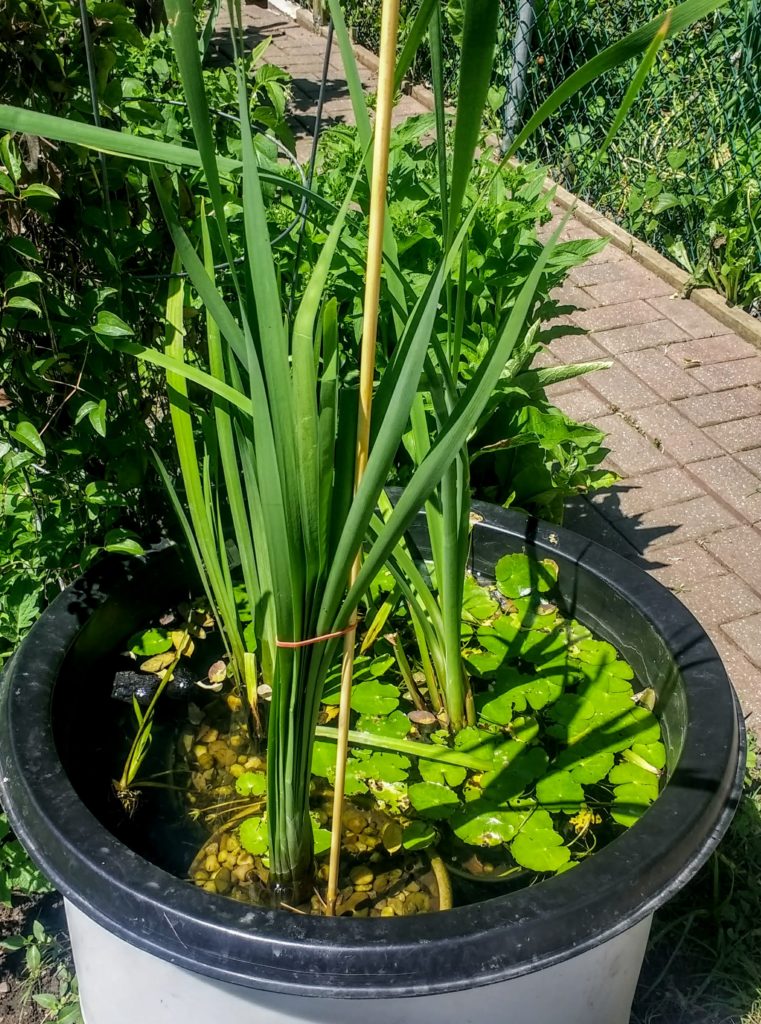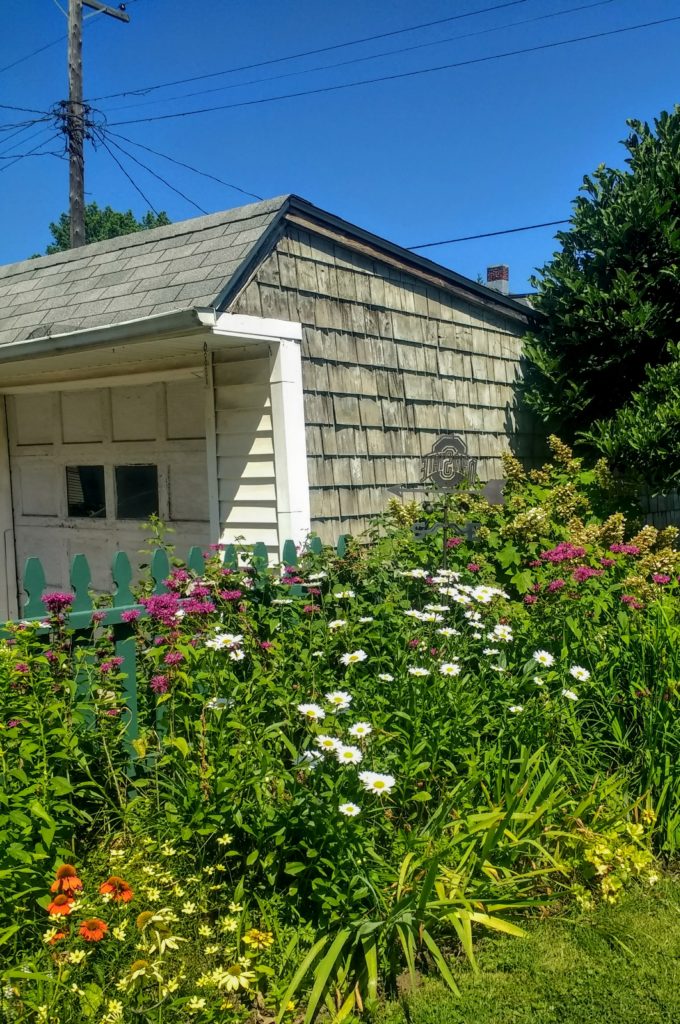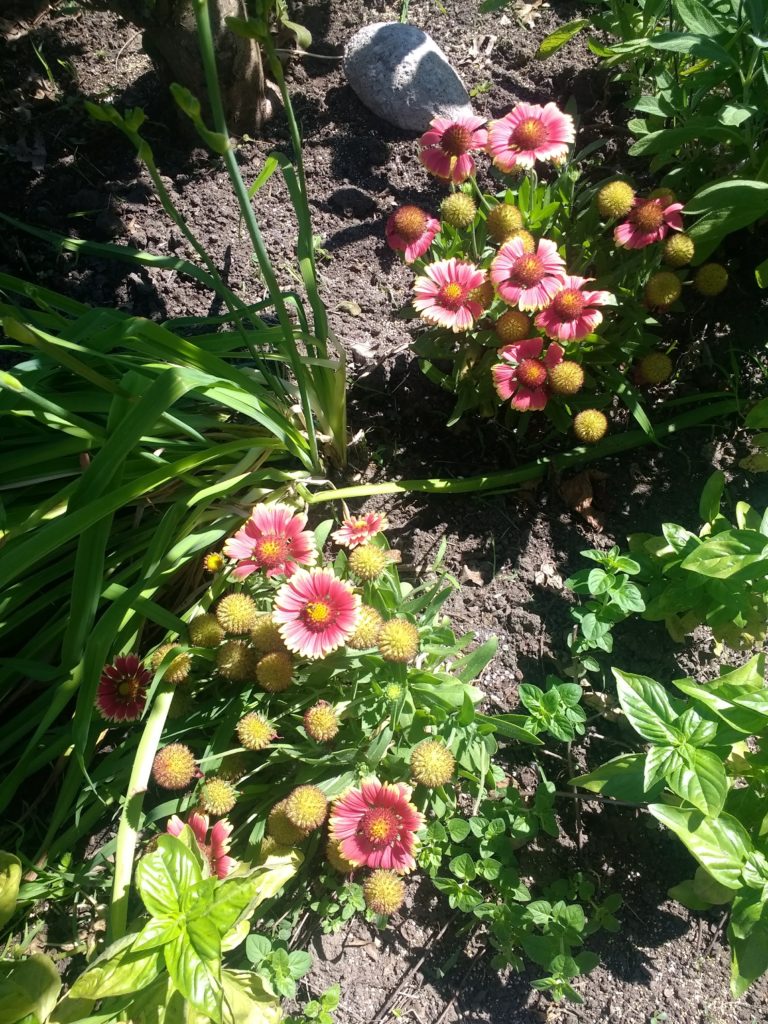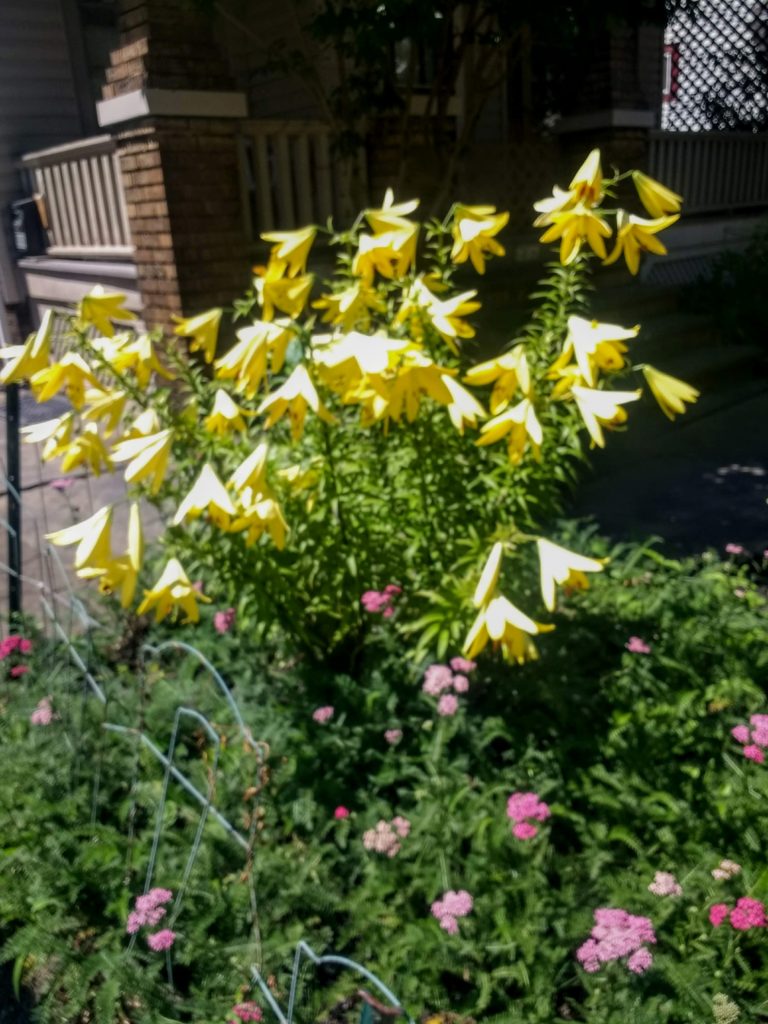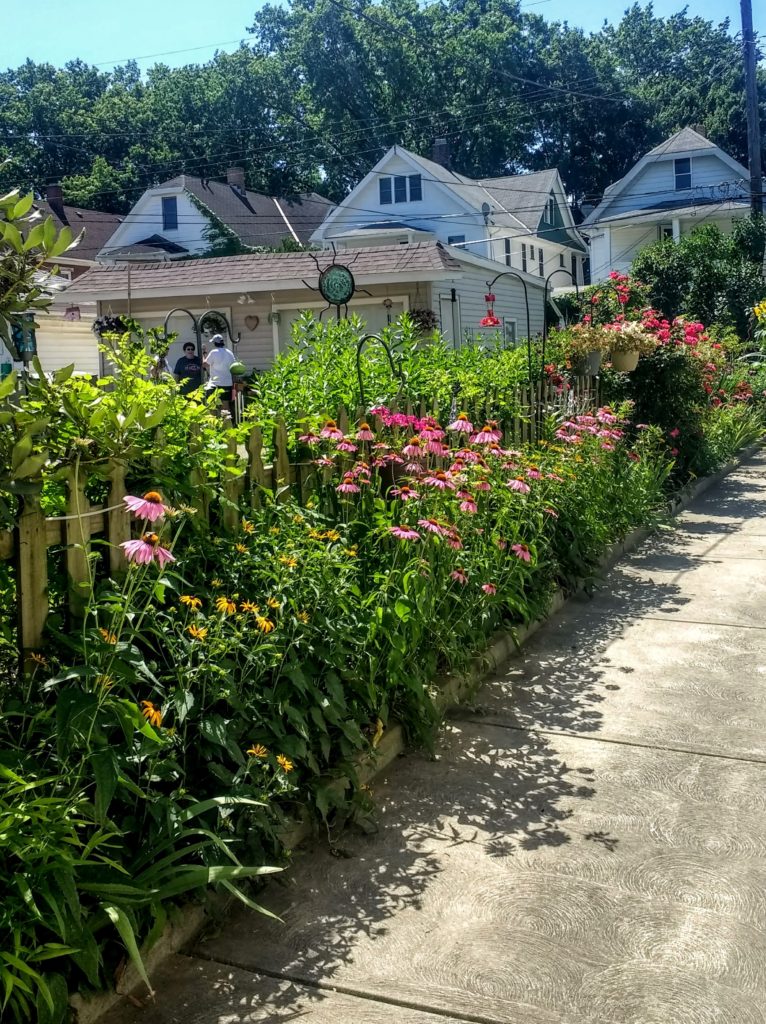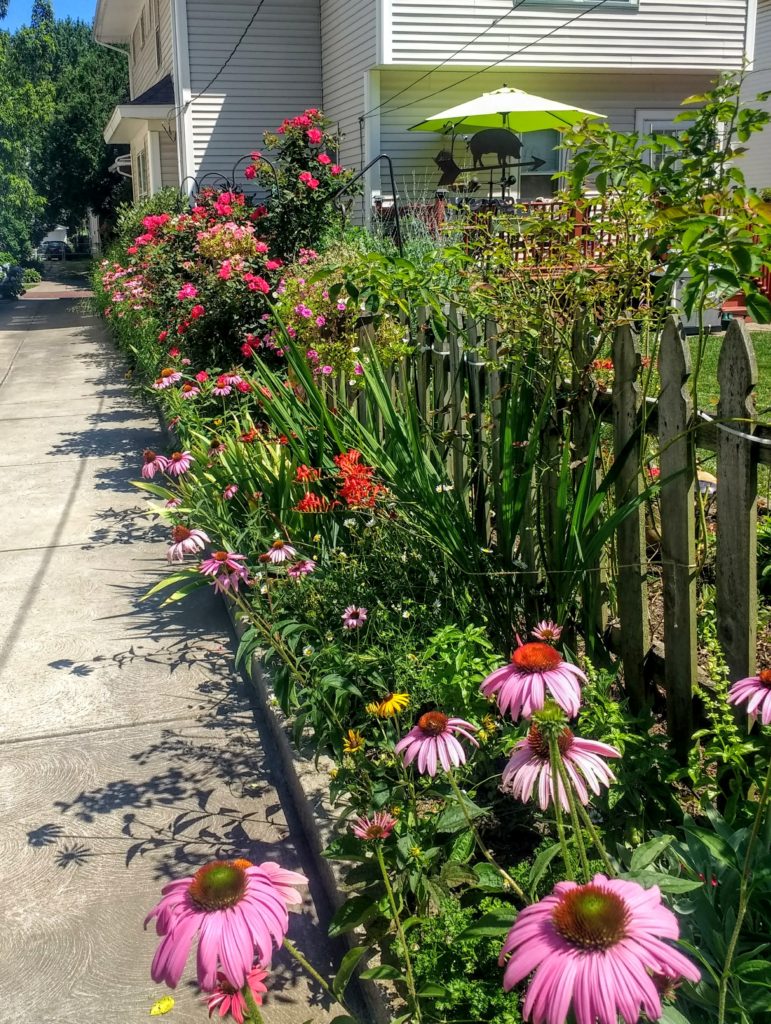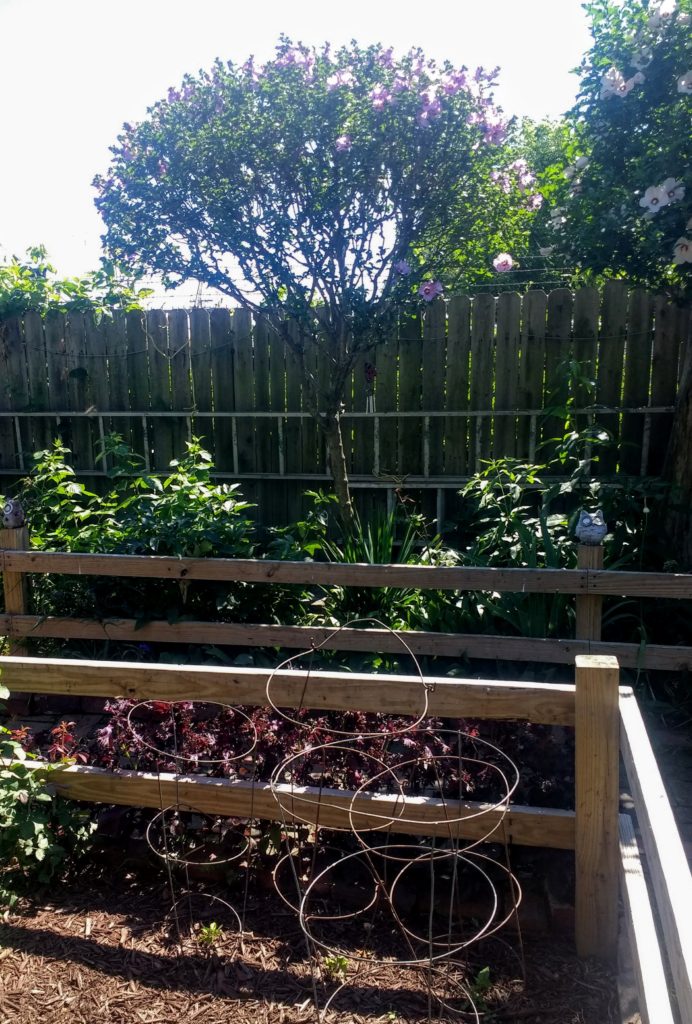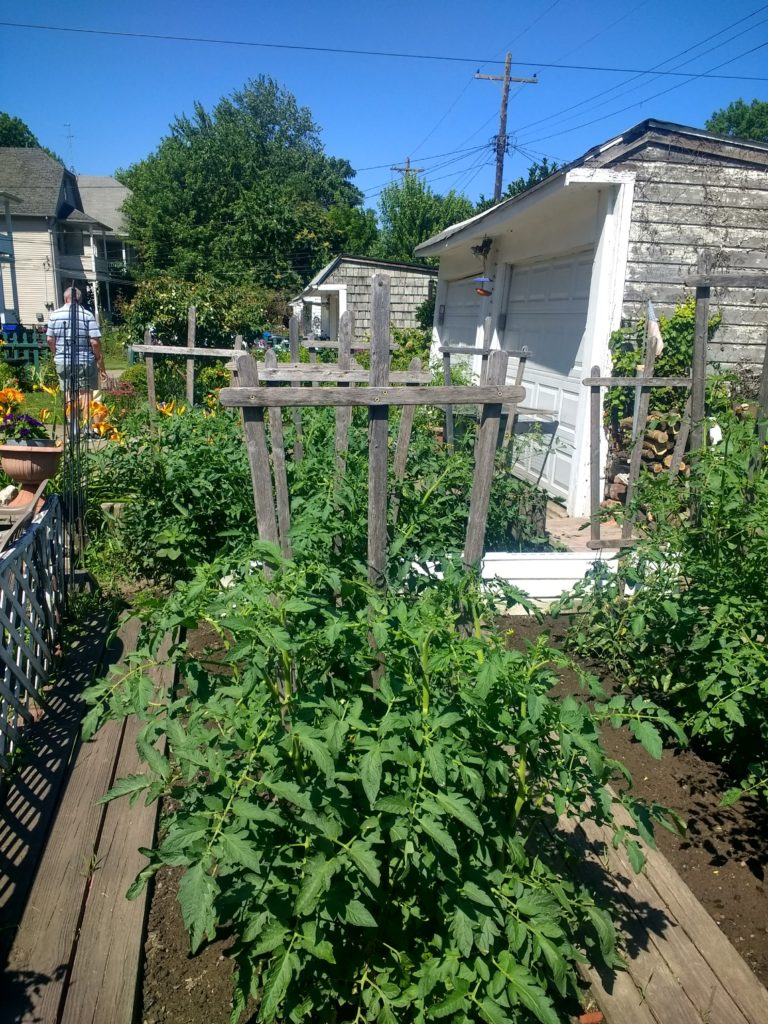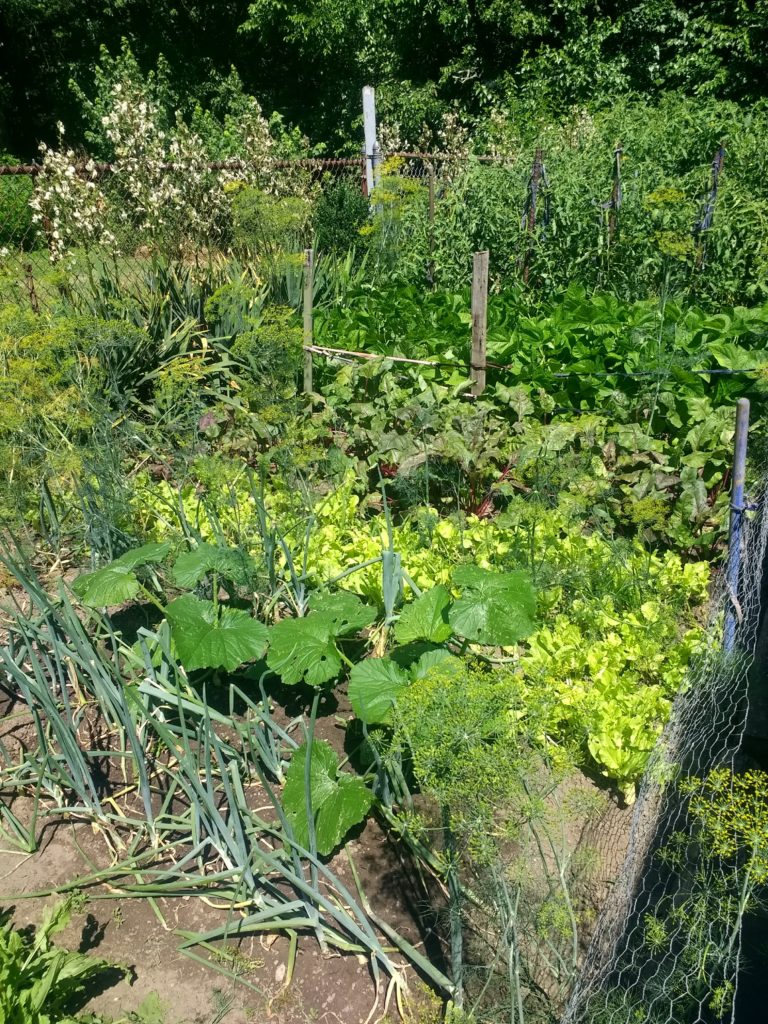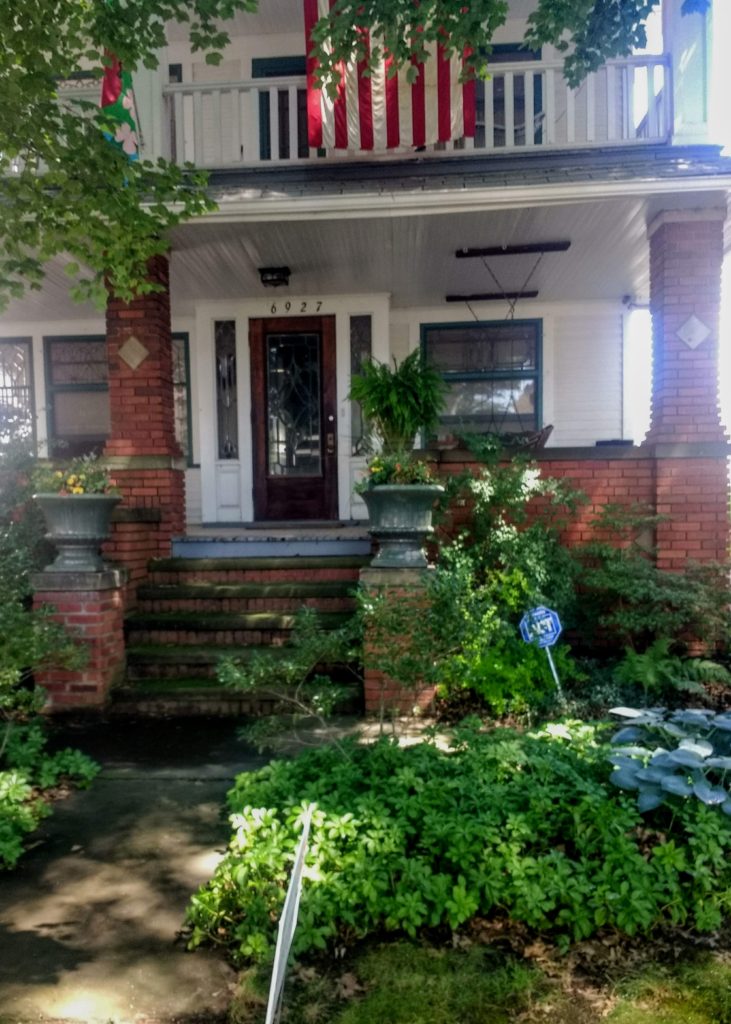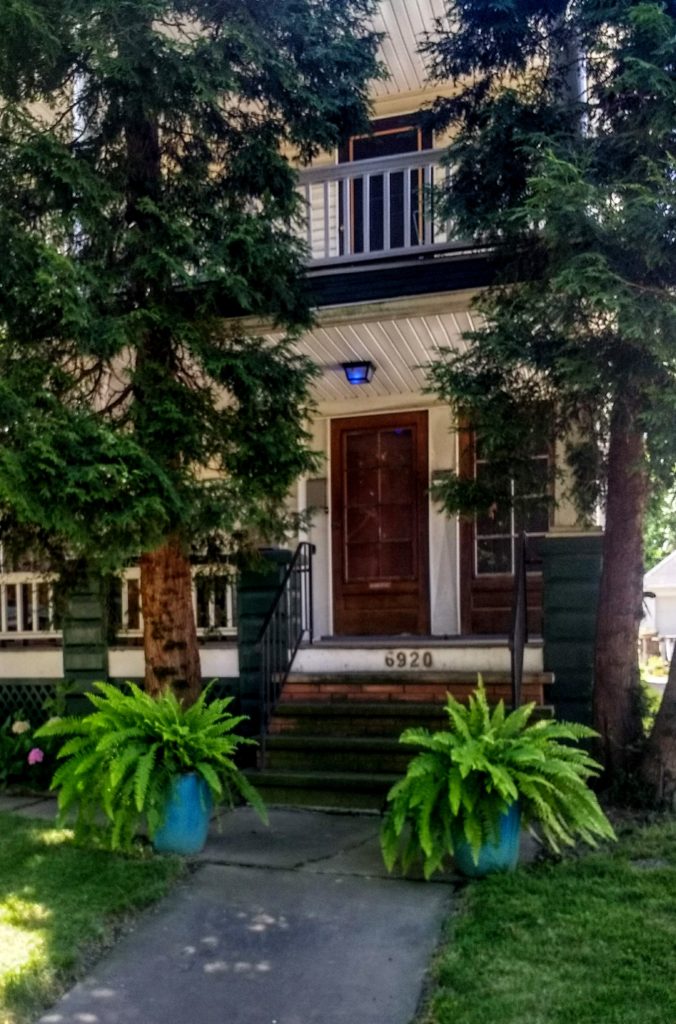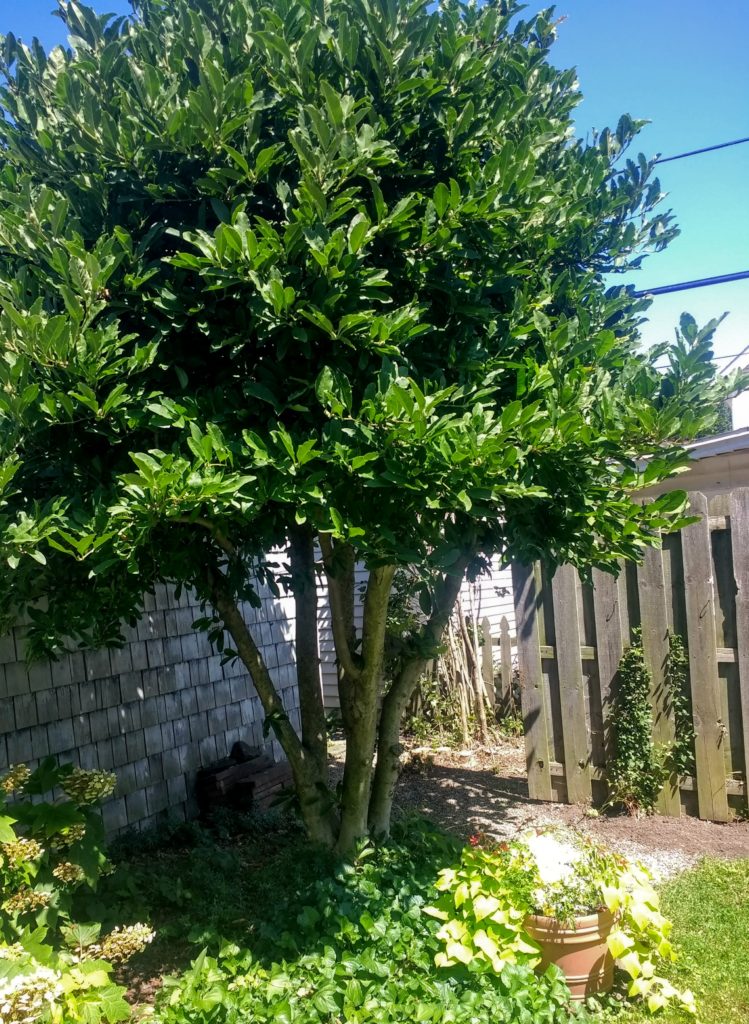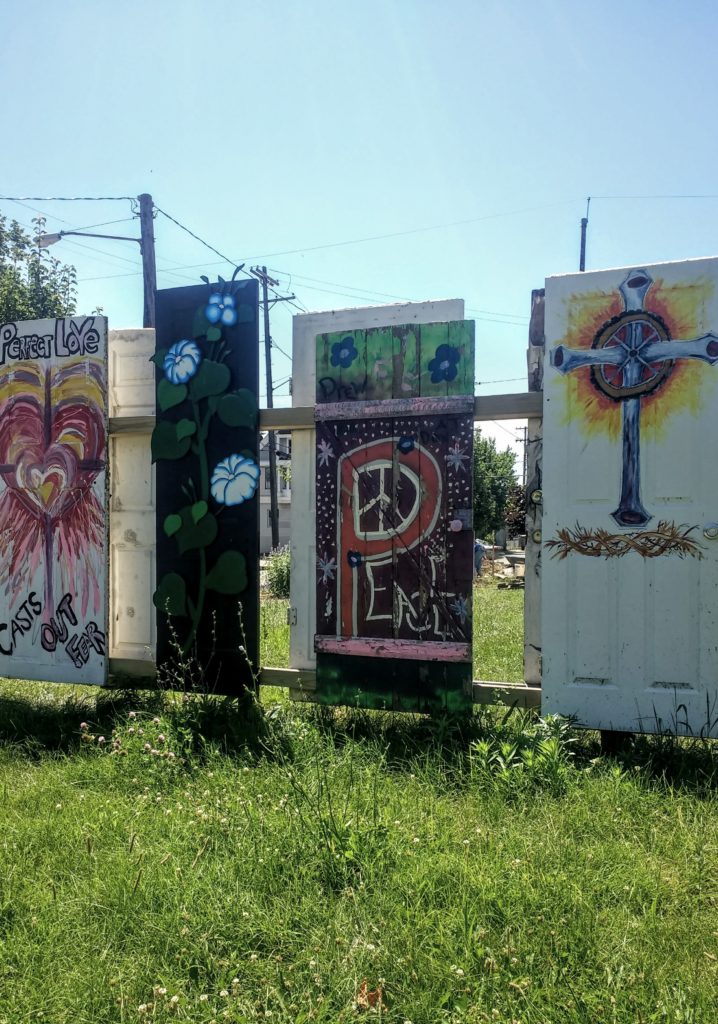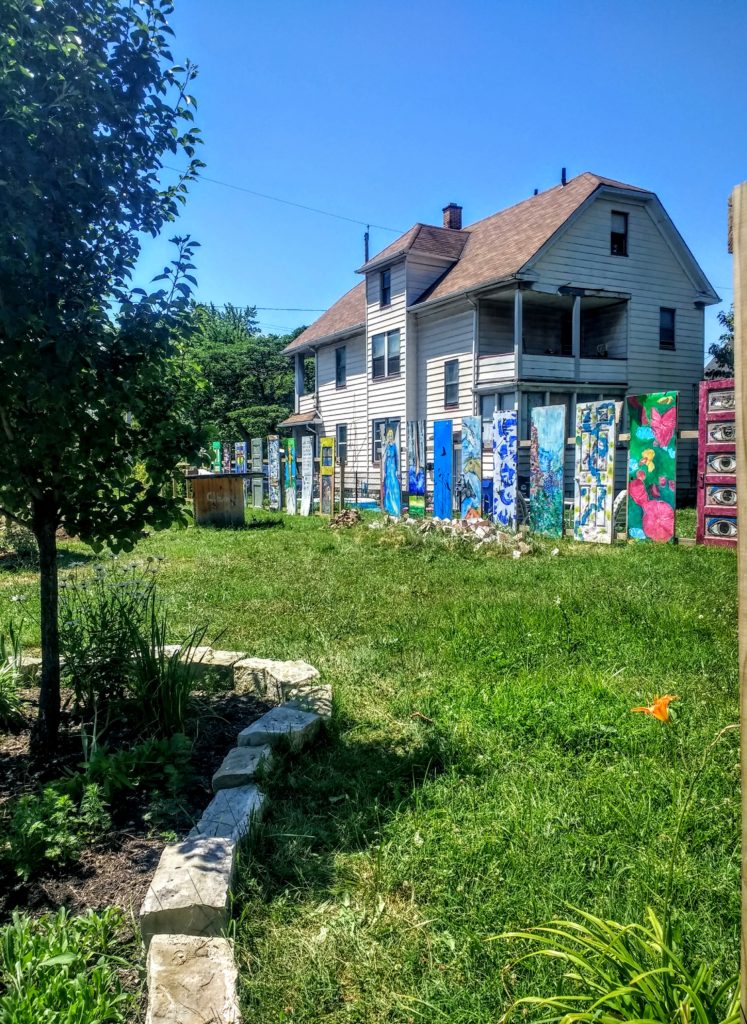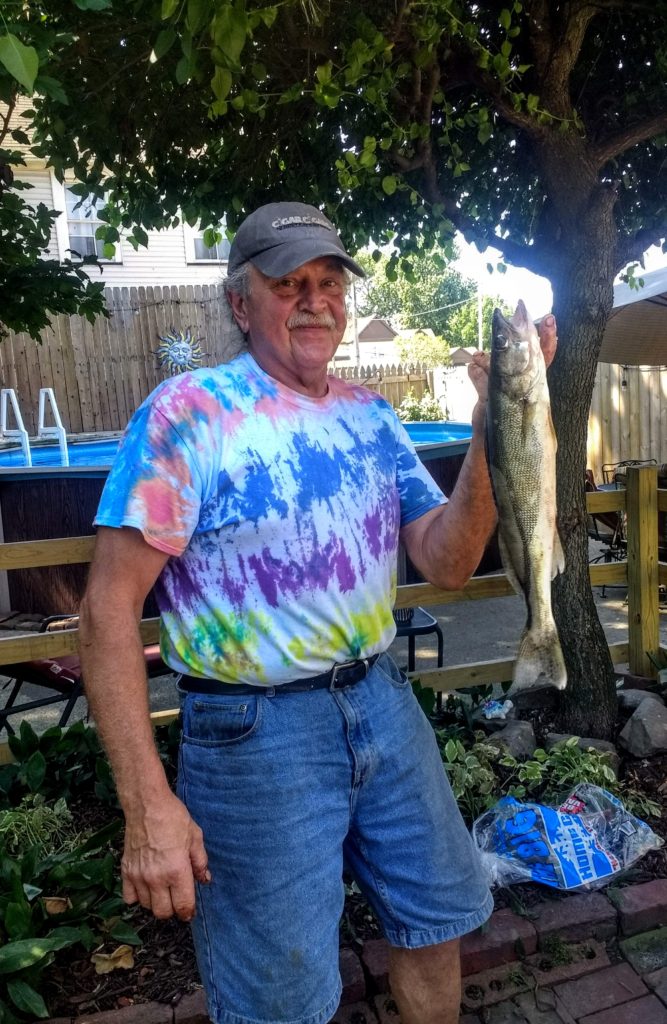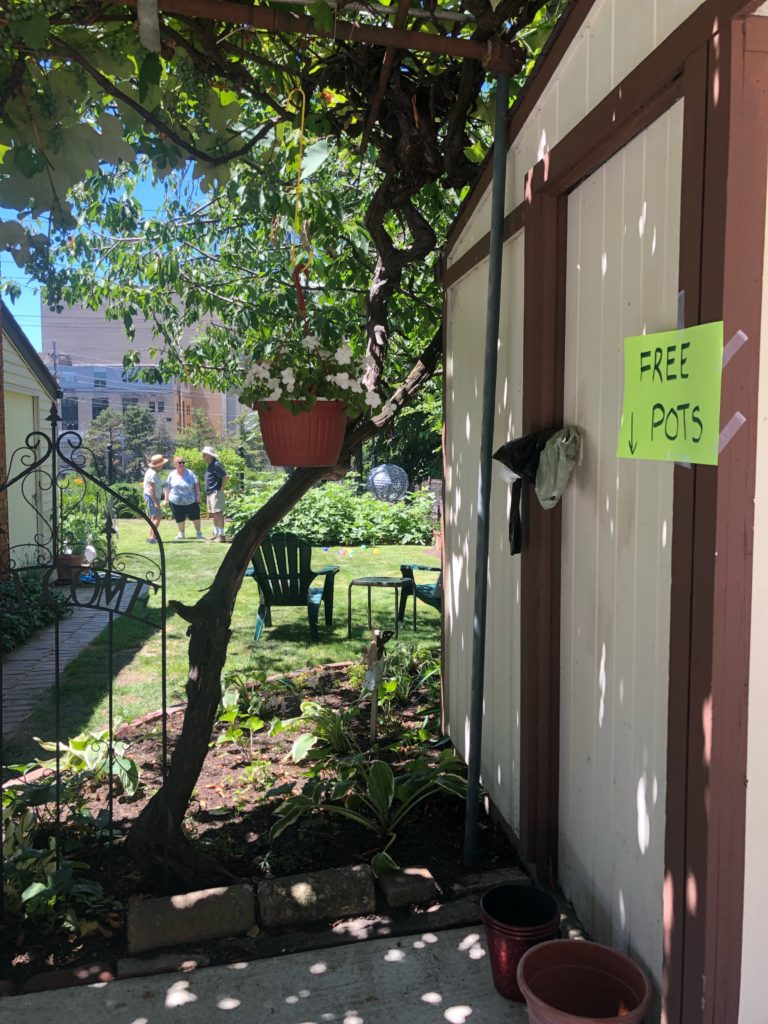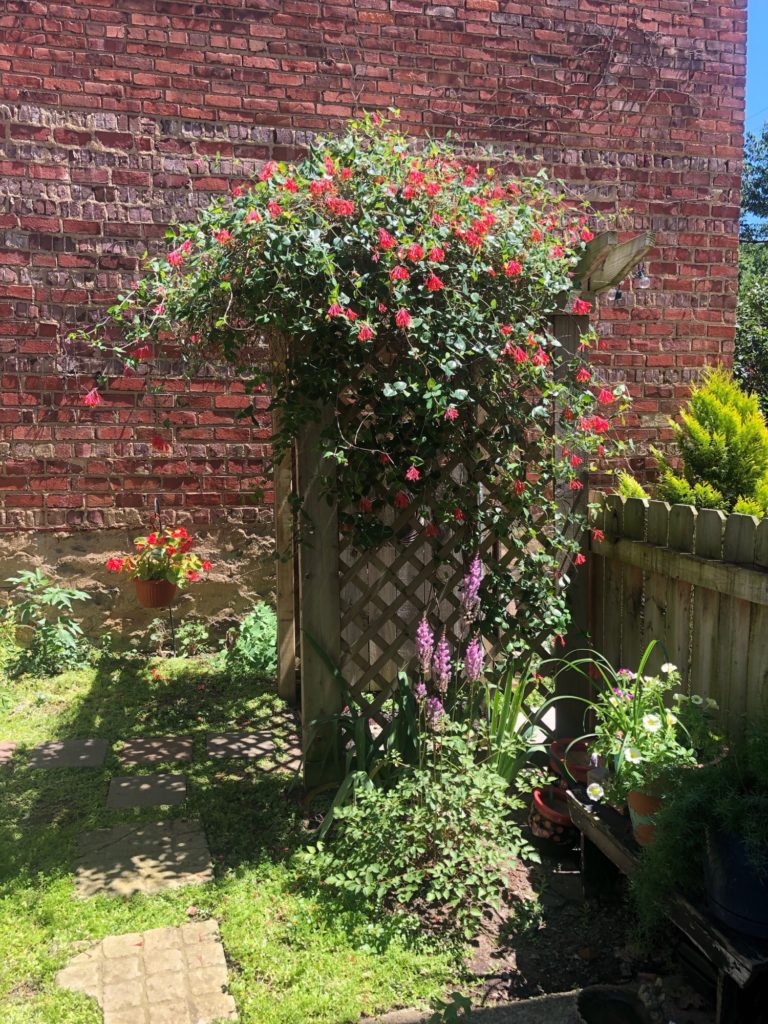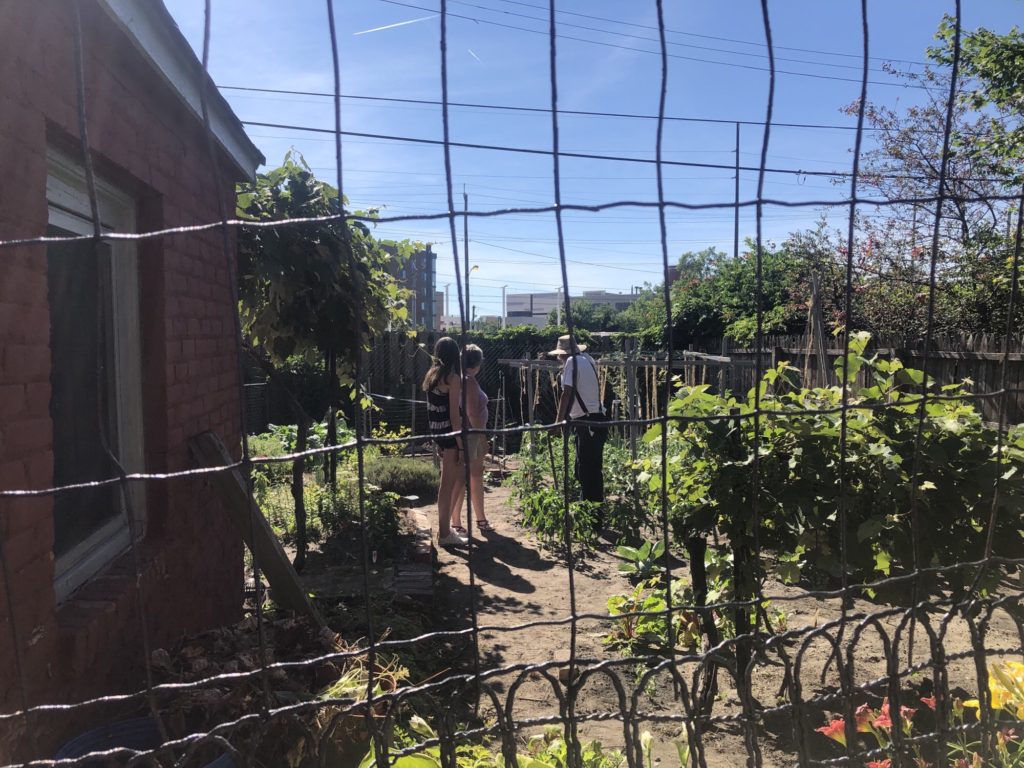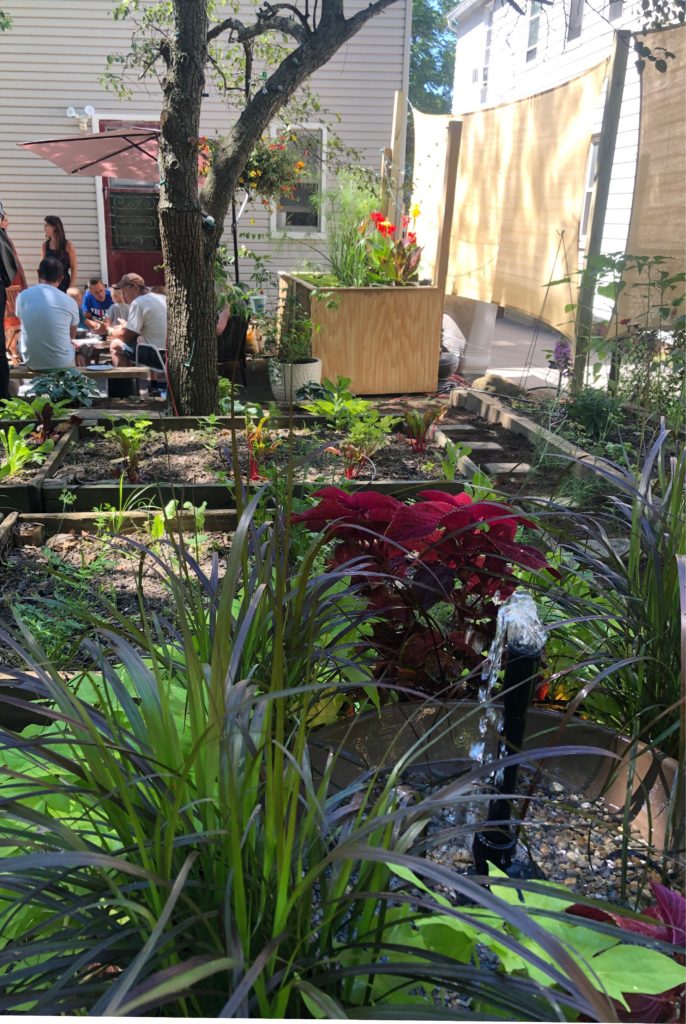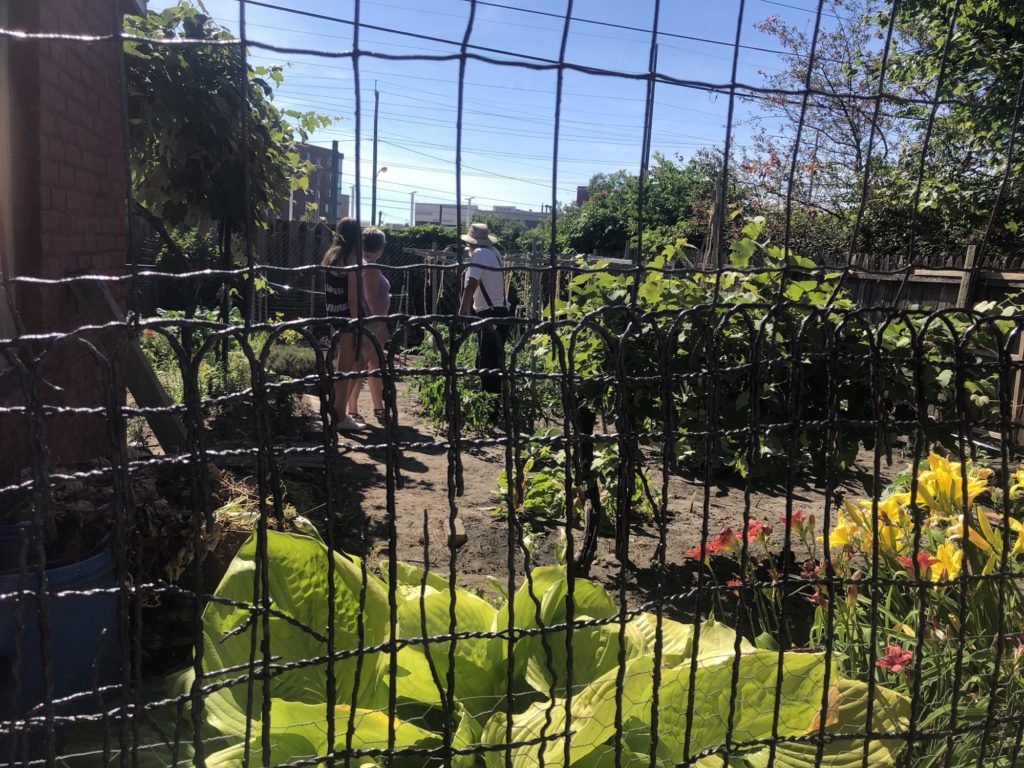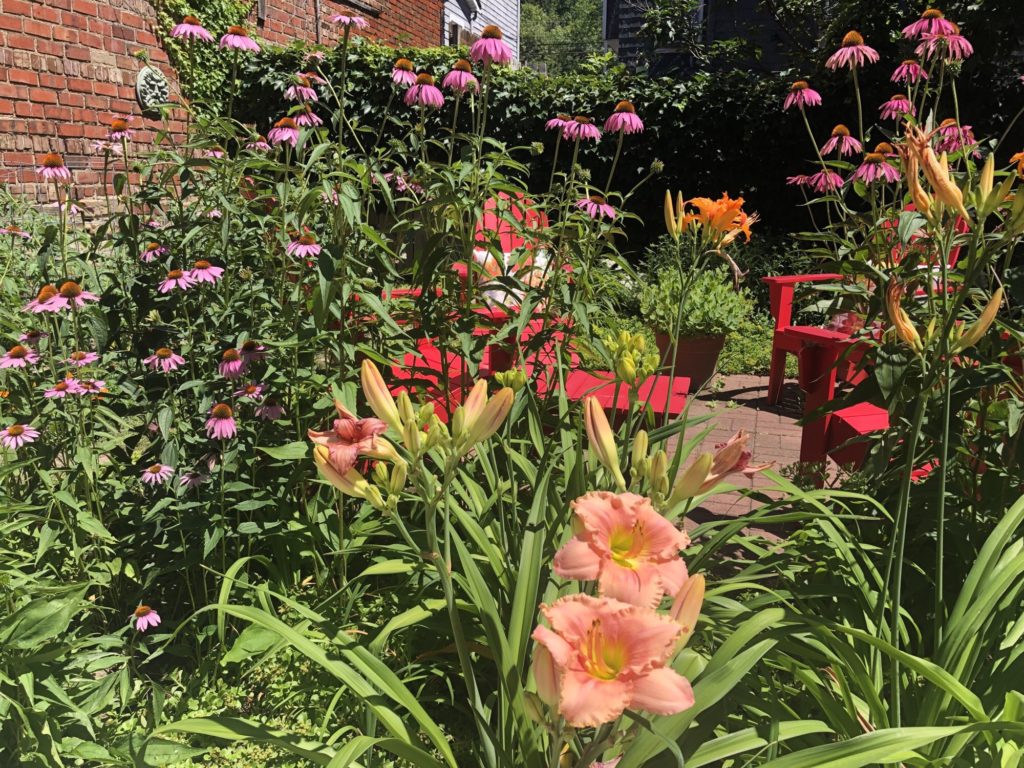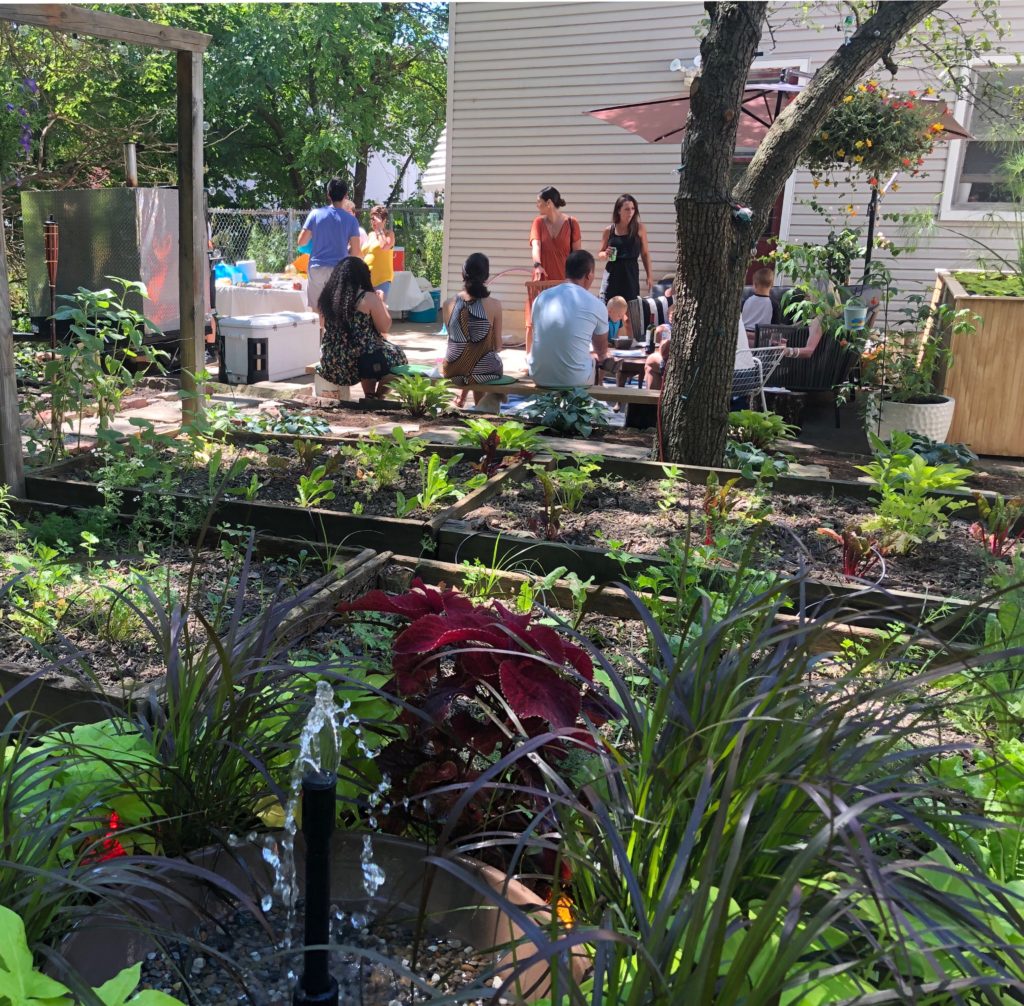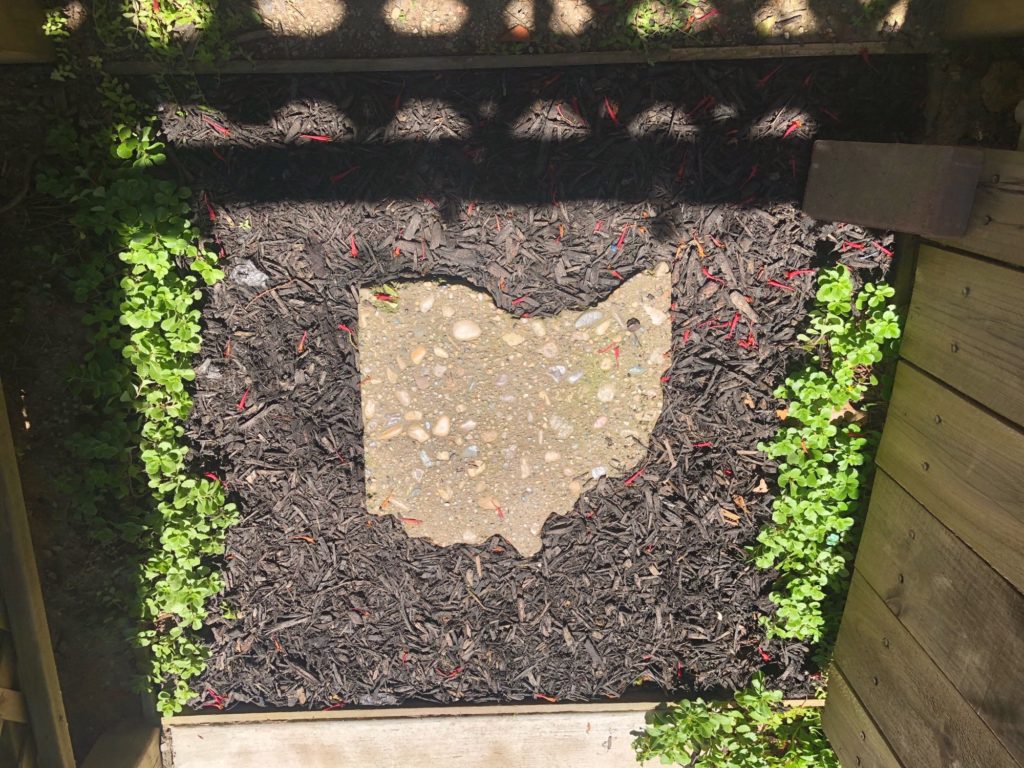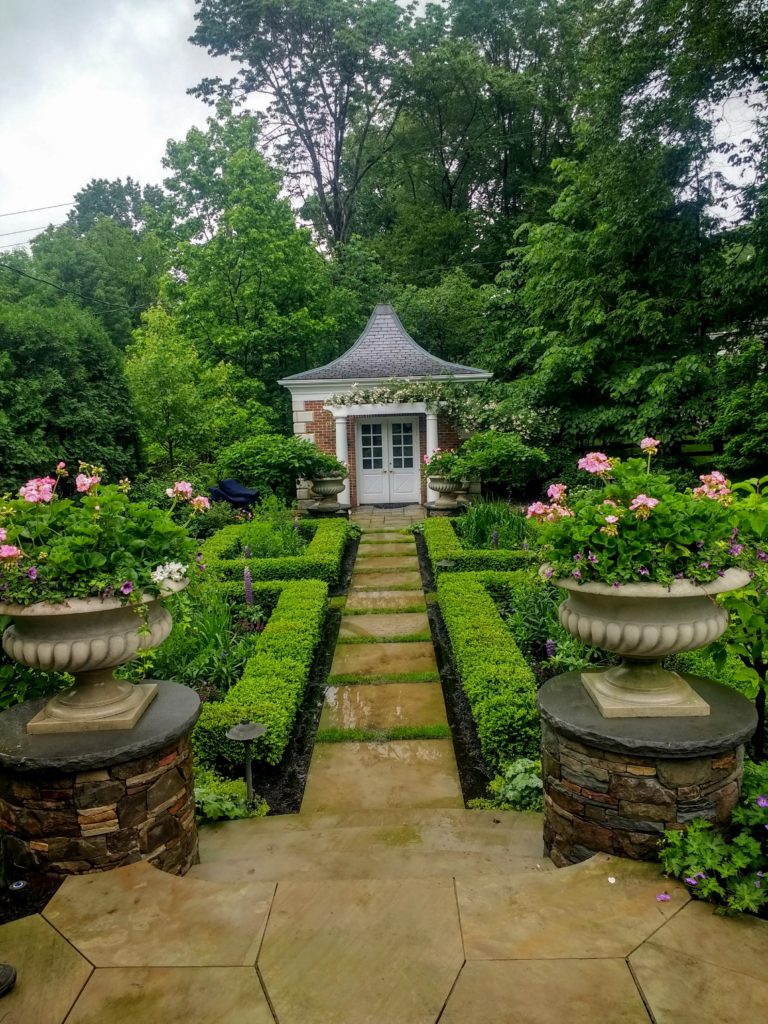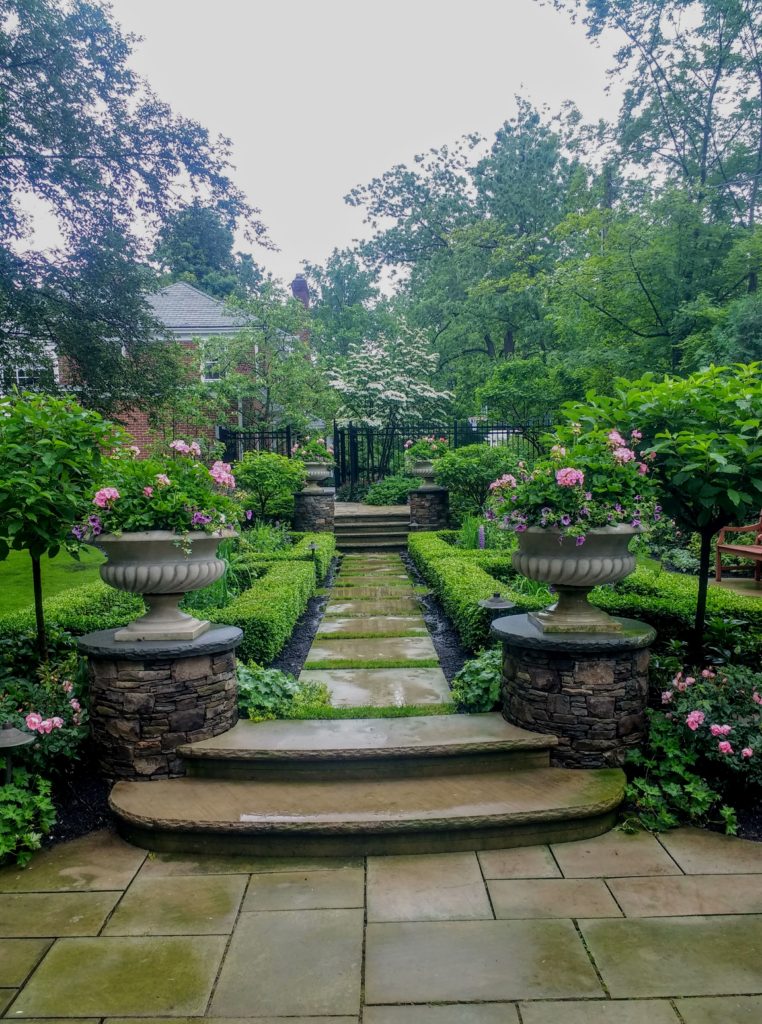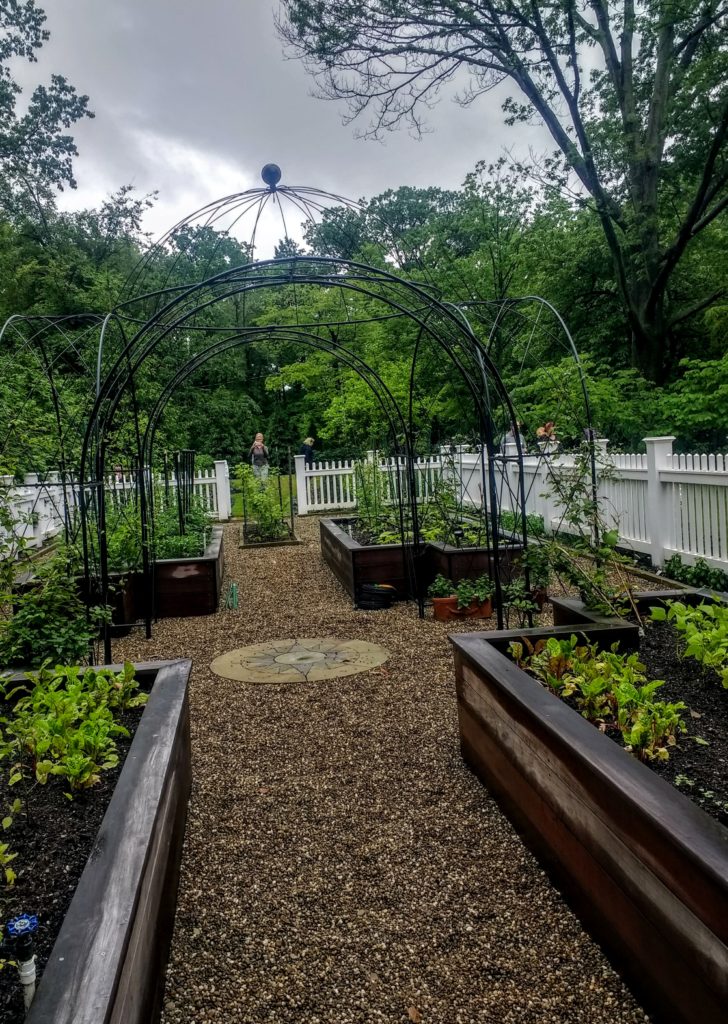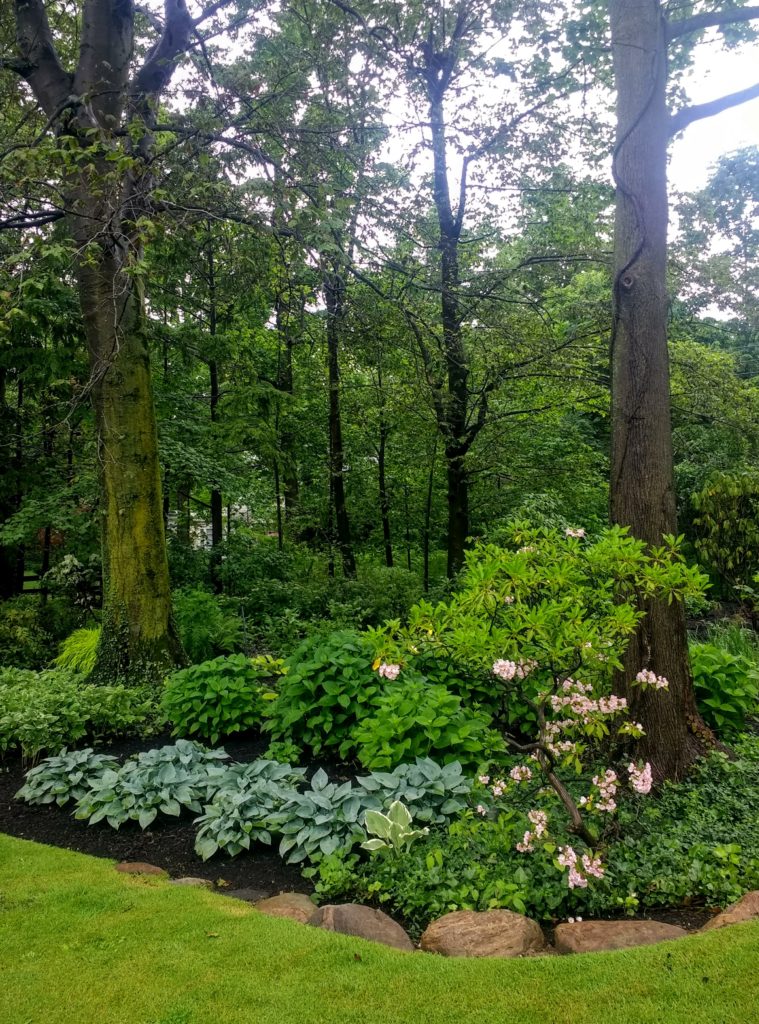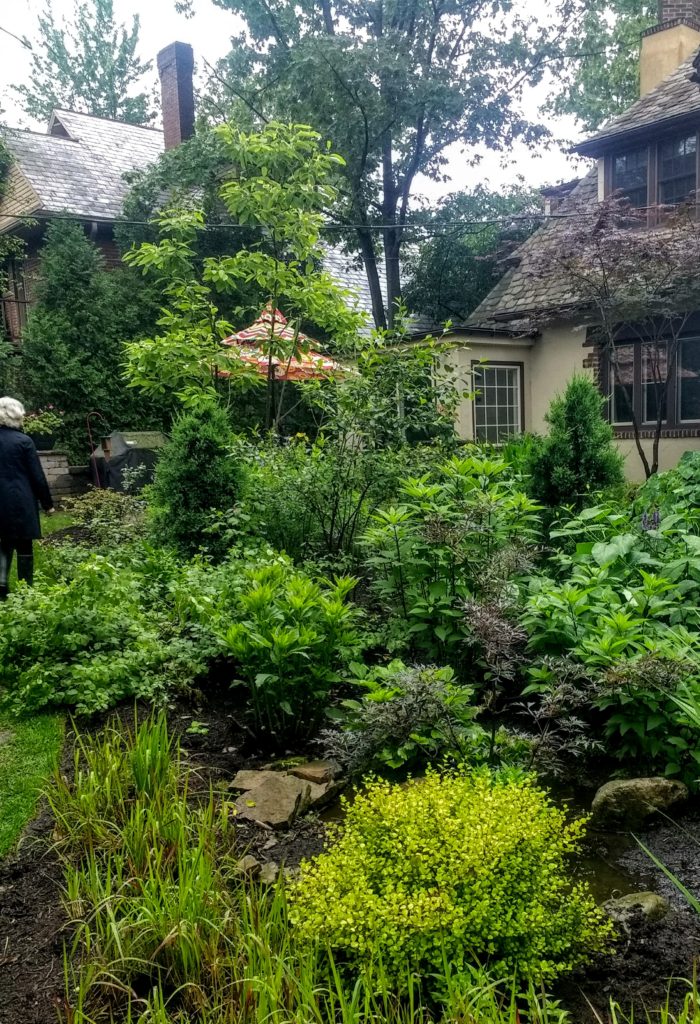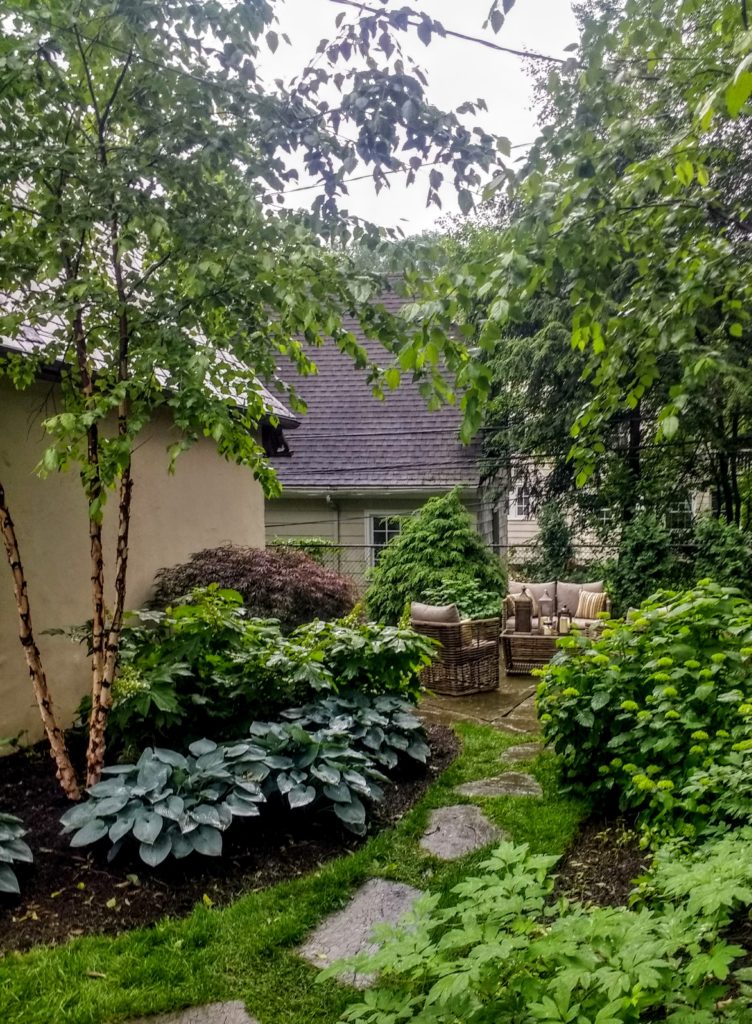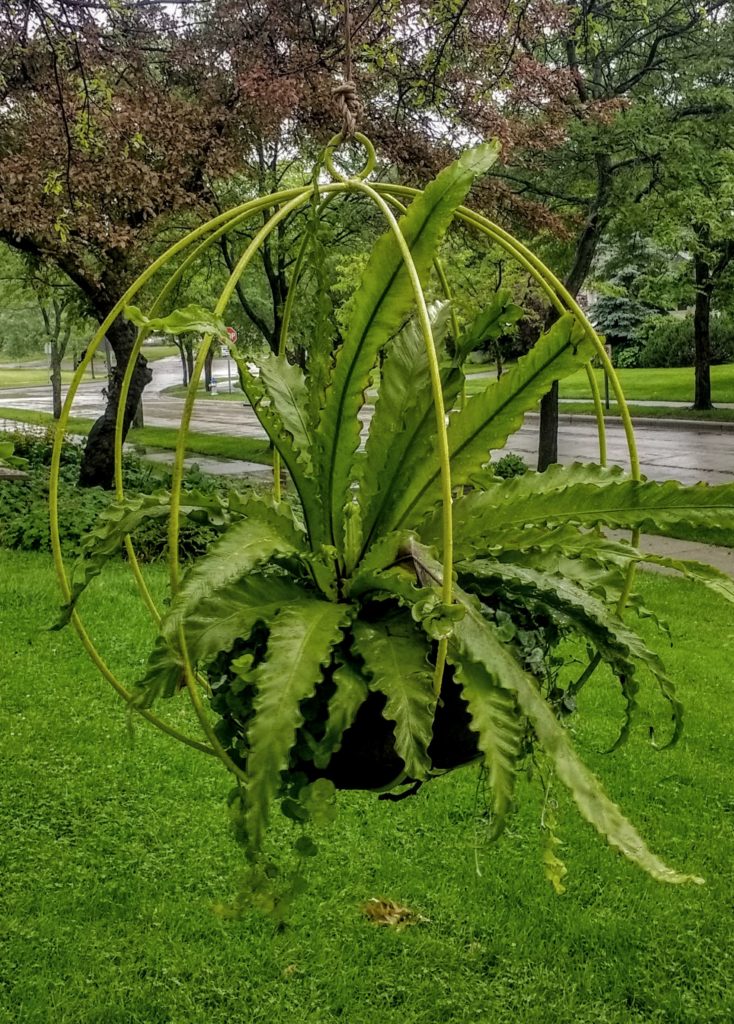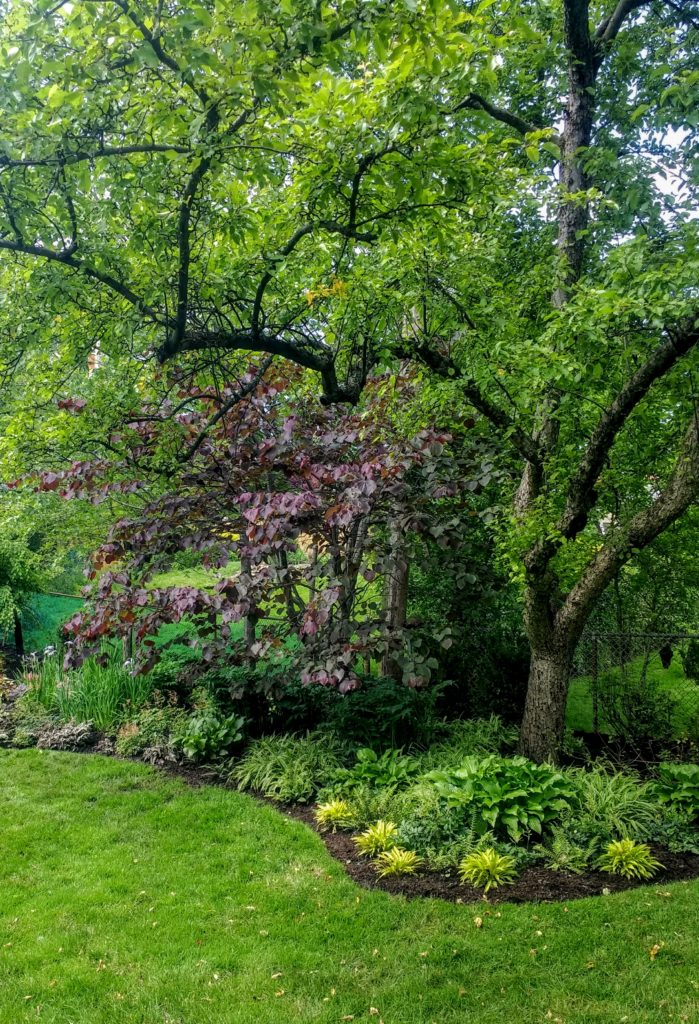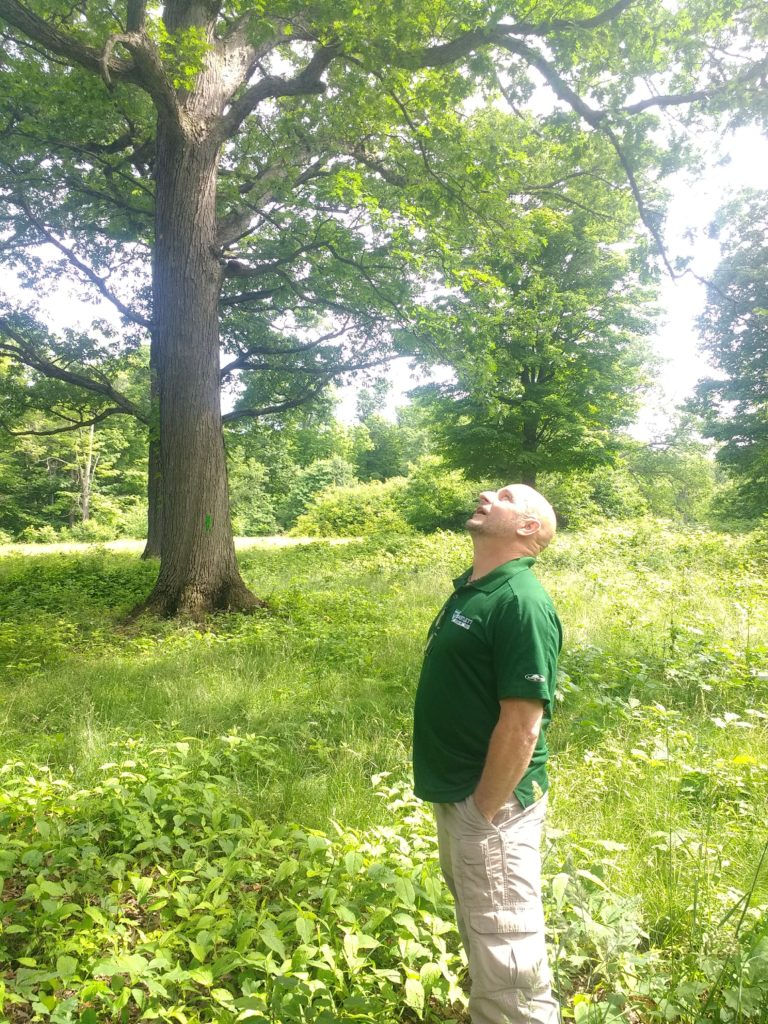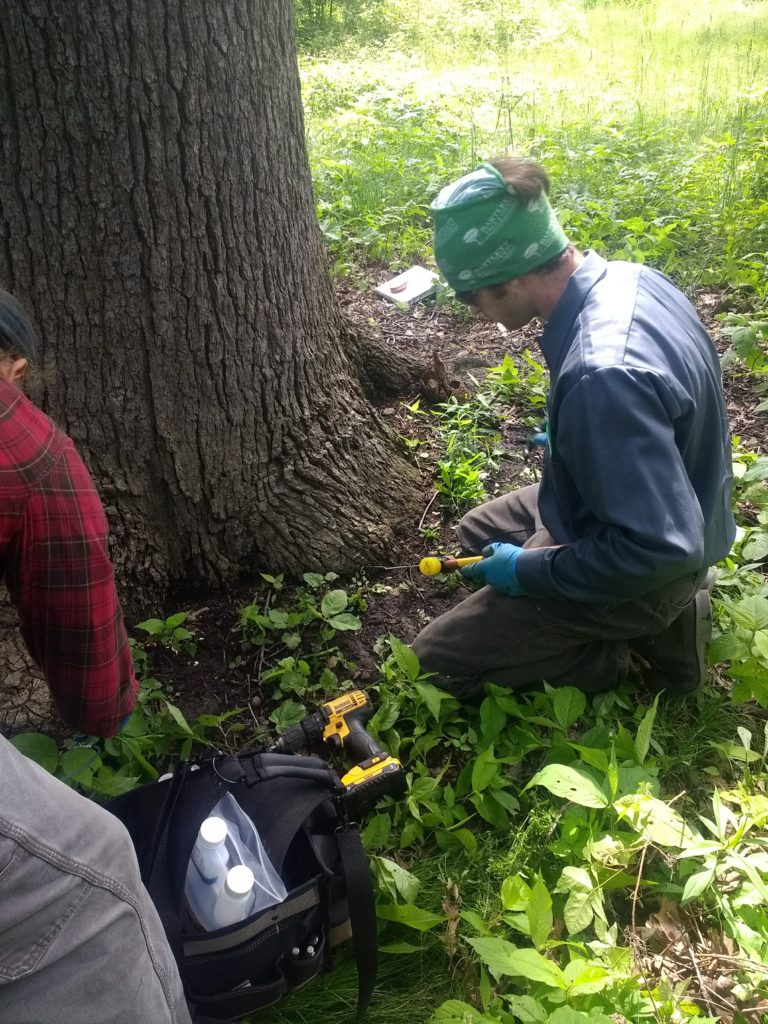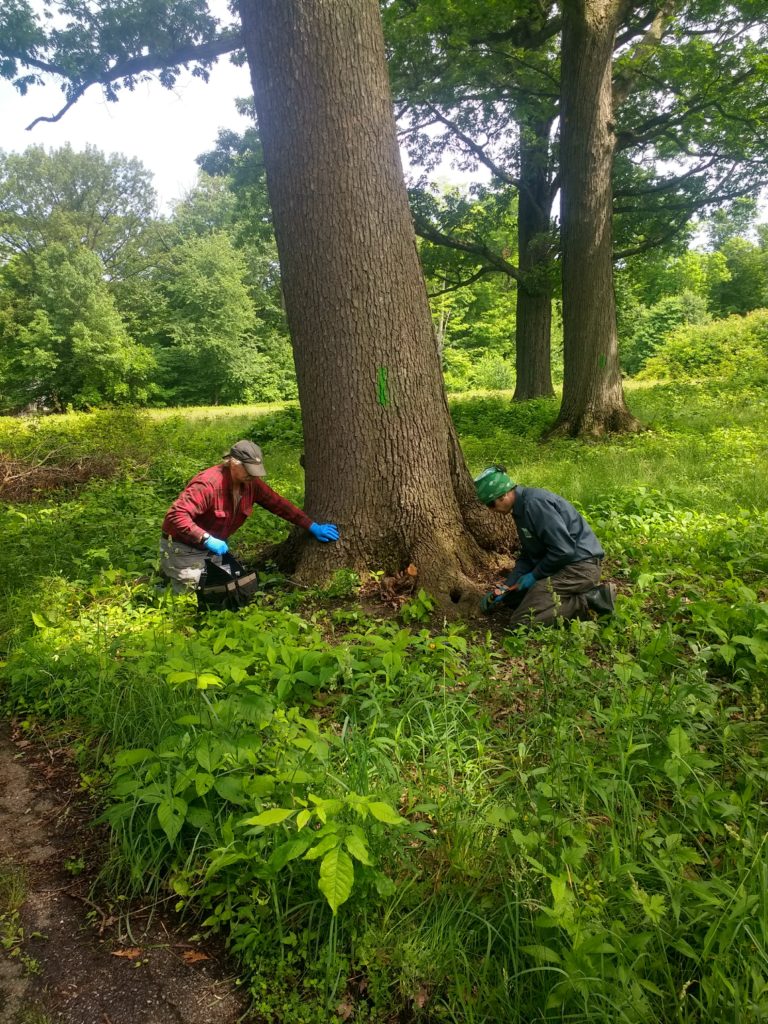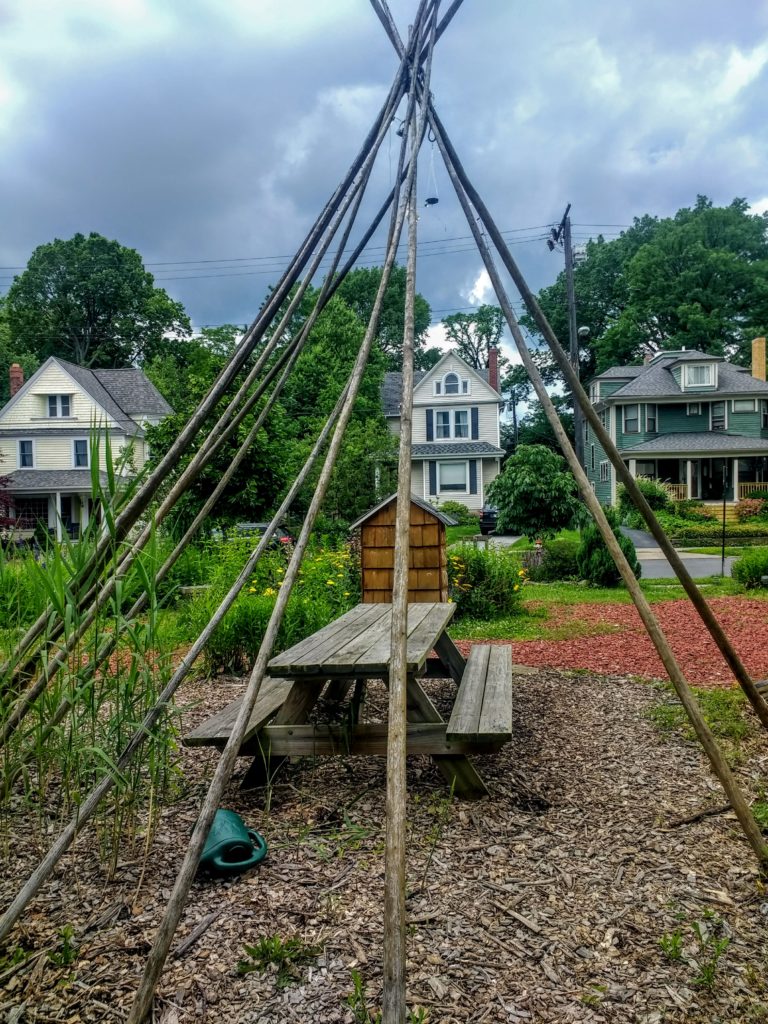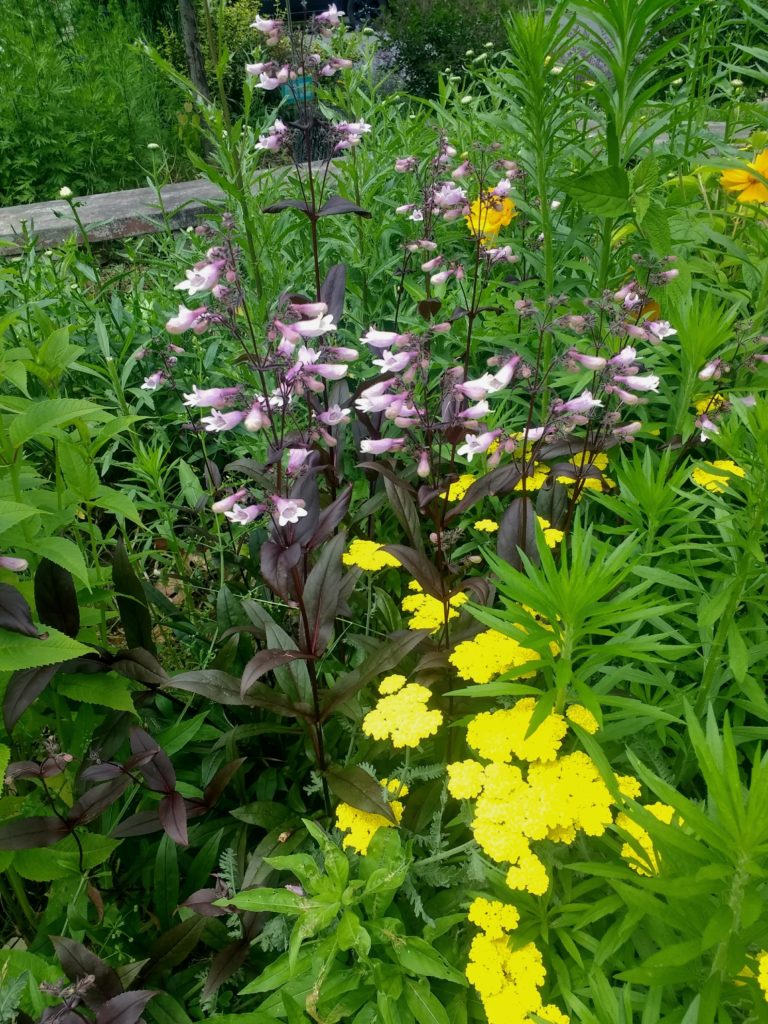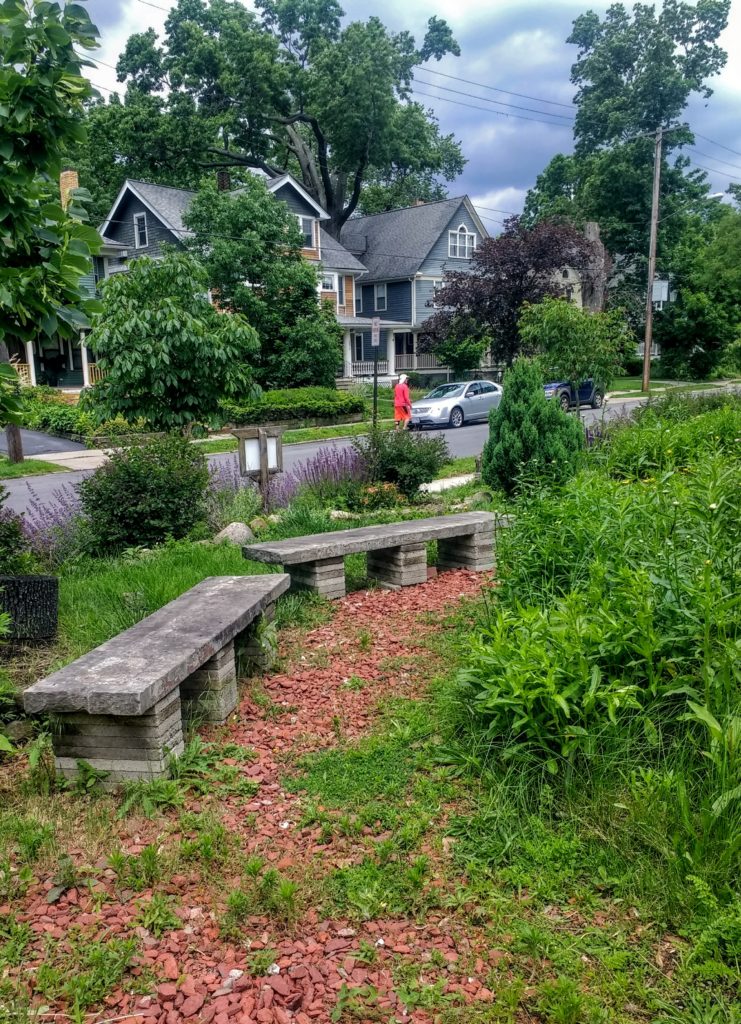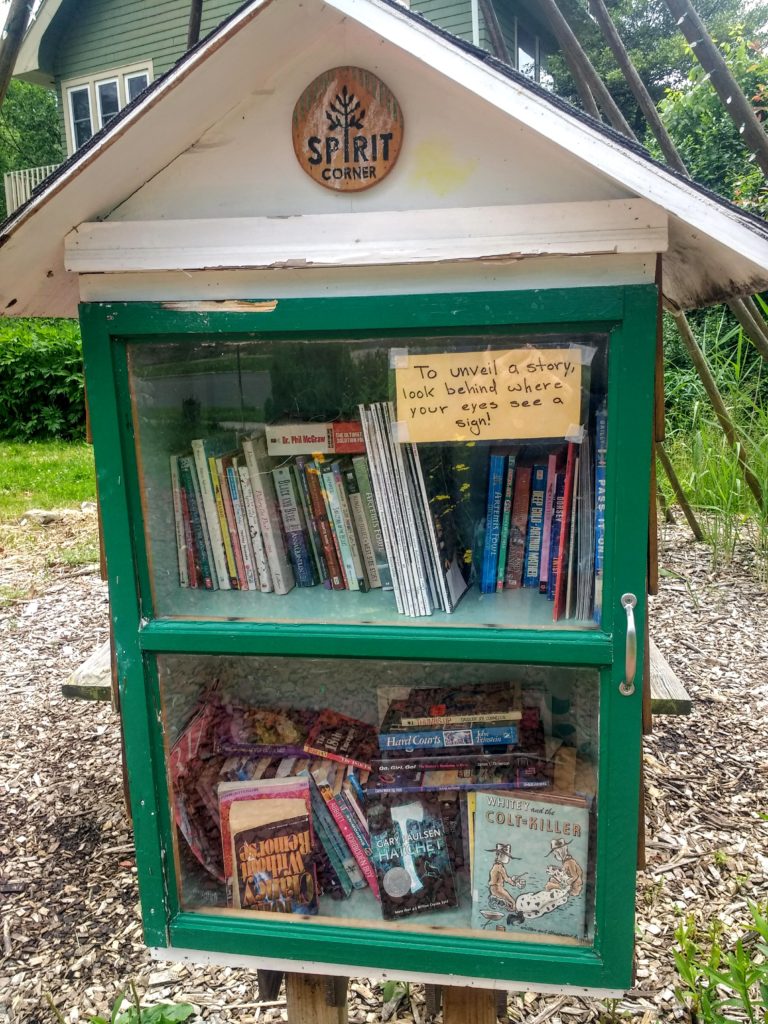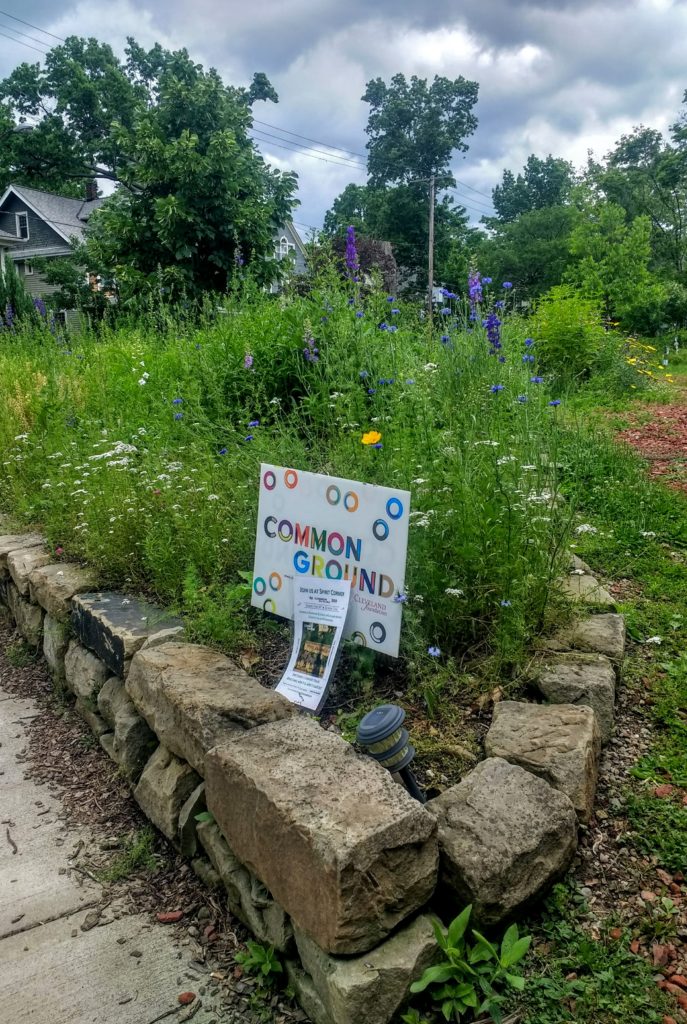by Elsa Johnson
The Thursday before Thanksgiving, co-editors Heather Risher and yours truly, Elsa Johnson, got up in the wee hours of the morning and drove to Pittsburgh to attend the Three Rivers Urban Soil Symposium at the Phipps Conservatory. As these things go, the presentations were densely presented, structured to have 4 segments, each segment with three to five speakers giving short presentations on aspects of soils (you didn’t know there were so many, did you) followed by a question and answer period. The structuring topics were: Composting in Urban Soils; Growing Food in Urban Soils; Storm Water and Resilience in Urban Soils; and Urban Habitat, Trees, and Greenspace.
It is hard to take that breadth of material and make a coherent essay out of it. What we present here is more bullet points and notes rather than full-out report.
First Session: Composting in Urban Soils.
Take away-s: Speaker #1, Rick Carr, Compost Production Specialist, Rodale Institute: Twenty one percent of our landfills are food waste. Managed aerobic decomposition is important for soil regeneration. Use the plant as your measure of success.

Speaker #2, Marguerite Manela, Senior Manager of Community Composting and Compost Distribution, NYC Department of Sanitation: Curbside composting works like curbside recycling. Alternatively have sites where food can be dropped off for composting.
Speaker #3, Anthony Stewart, President and Environmental Director, DECO Resources: Useful tool – XRP — an x-ray florescent “ray gun” that measures contaminates in soil.
Speaker #4, Travis Leivo and Laura Todin Codori, vermicomposters, Shadyside Worms and Worm Return: Cold composting is slow, taking up to 2 years. Thermophilic composting is fast – only two weeks.
Heather’s notes: NYC hosted a workshop on dyeing fabric with food scraps. I’d like to see something like that locally. Is anyone else interested?
Second Session: Growing Food in Urban Soils.
Take away-s: Speaker #1, Dr. Kirsten Schwartz, Associate Professor of Environmental Science and Director of the Ecological Stewardship Institute, Northern Kentucky University: coming from a social ecological focus. She spoke about contaminated soils, such as with lead and the distance it resides in soil from house being both patchy and widespread. Soil itself is more than what is grown in it. A social ecological focus sees both bio-physical legacies and social legacies, such as farm to fork “doesn’t include us”. Community involvement is complex. One needs to find points of common interest.
Speaker #2, Dr. Patrick Dronan, Associate Professor of Pedology, Penn State University: Wealth is urban. Presented about Hilltop Farm, a planned community that failed and was abandoned and part of which has been converted to a community garden. Common problems of urban soils – compaction (hard pan, clay), high pH, low organic matter, debris, under-farming, and under-funding.
Speaker #3: Adrian Galbraith-Paul, Farm Manager, Heritage Farm: Spoke on Heritage Farm, a baseball field turned to farm lot to teach kids and give food away. Its goal is to be environmentally and economically sustainable using the Korean Natural Farming method to improve fertility, the microbiome and micronutrients: Healthy plants “power” healthy soil and photosynthetic efficiency. Flavor and nutrient density are closely linked. Waste is a resource.

Speakers #4, Robert Grey, Farm Education and Outreach Coordinator, and Nick Lubecki, Braddock Farms Manager, Grow Pittsburgh: Grow Pittsburgh, founded 2007, to grow food and sell to the neighborhood, a food desert with limited access to fresh vegetables. Provides a work-trade program where participants receive produce for 4 hours of labor. Also has an education outreach/apprentice program. (Note — Seems not unlike Rid-All, in Cleveland).
Heather’s notes: Inclusivity is important. Community engagement and buy-in is key. Some of the speakers mentioned setbacks when creating new programs/gardens without talking to the residents of the community to be “helped.” Having the support of a non-profit organization allows urban garden projects to survive while working towards self-sufficiency.
Third Session: Stormwater and Resilience in Urban Soils.
Take away-s: Speaker #1, Dr. Dustin Herman, Research Scientist, ORISE Research Program with U.S. Environmental Protection Agency: Evidence of a universal urban soil profile. Urban soils have fewer horizons. What is lost is the B horizon, which is unique to each place. Big equipment determines soil properties (excavation/fill) and changes water infiltration. Pre-urban soil evolved with climate and ecosystem. The convergence theory for urban soils – urban homogenizes heterogeneity. The simple needs of infrastructure and those of complex ecological support are opposites.
Speaker #2, Zinna Scott and Mike Heller, Community Activist and Director of Policy and Outreach, Nine Mile Watershed: Rain gardens built/incorporated into infrastructure were used in the Nine Mile Creek stream restoration, a buried stream/storm sewer.

Speaker #3, Beth Dutton, Senior Group Manager, PWSA: there were 27 one inch rain events in the last decade creating excess stormwater. Green infrastructure is planned that ameliorates this problem. (we assume you know what is meant by green infrastructure – see speaker #2).
Heather’s notes: Urban soil functioning no longer matches the climate and ecosystem. Also, I learned about snakeworms (Amynthas agrestis). I knew that the European earthworm was invasive, but hadn’t realized that their Asian cousins were nearby and causing so much damage. More info here.
Fourth Session: Urban Habitat, Trees, and Greenspace.
Take away-s: Speaker #1, Dale Hendricks, President, Green Light Plants: Anthropogenic (man-made) charcoal acts like glue and sequesters carbon in the soil long term. Biochar is charcoal made in a low-oxygen environment and is added to soil. U.S. prairies were originally up to 40% pyrolytic – not all fire is destructive. Hardwood makes more char than soft wood. The Stockholm Biochar project is large scale biochar processing, making biochar from food and yard waste.
Speaker #2, Miles Schwartz Sax, Arboretum Director, Connecticut College: The Urban Horticulture Institute (Cornell) — soil conditions outweigh tree selection. First thing to do is a soil assessment. Recommended book – Trees in the Urban Landscape. Soil remediation is a scoop and dump process by which compost is added to soils beyond a trees drip line, not directly under existing trees.
Speaker #3, Stephen W. Miller, Bartlett Tree Experts: Root invigoration helps restore health to existing trees. First do assessment. Then air channeling under the tree is done to loosen soil. Then add nutrients, including biochar.
Heather’s notes: There are several online databases to help choose trees appropriate to the landscape. Morton Arboretum, Cornell Woody Plants, University of Connecticut.
When we were there, Phipps was in the midst of setting up their Holiday Magic Winter Flower Show and Light Garden. In my (Heather’s) opinion, it’s well worth the visit. Protip: Go on a weeknight after 7:30 pm, and dress warmly so you can enjoy the outdoor garden.
